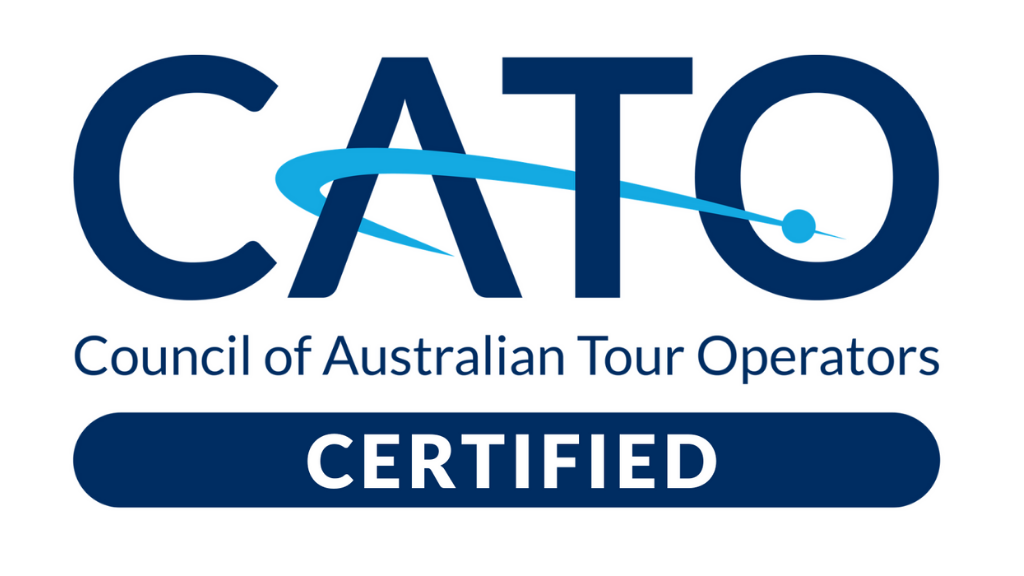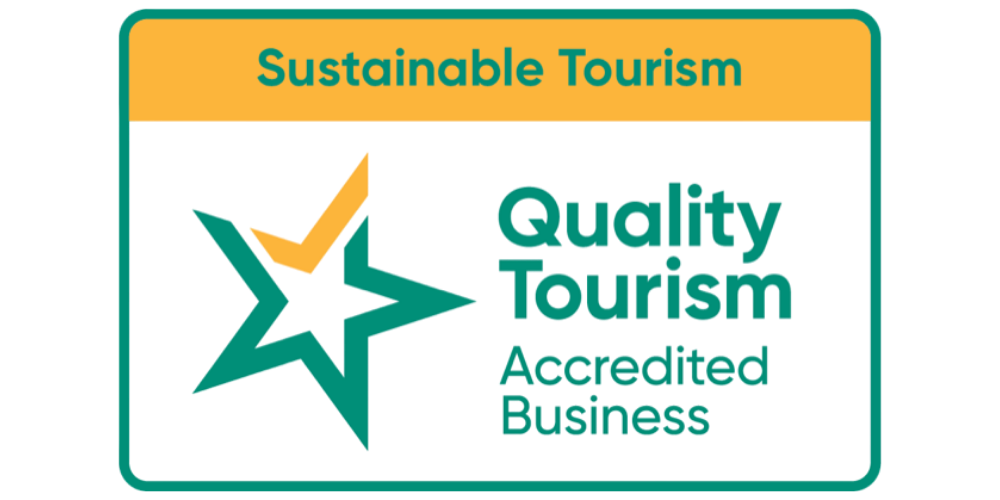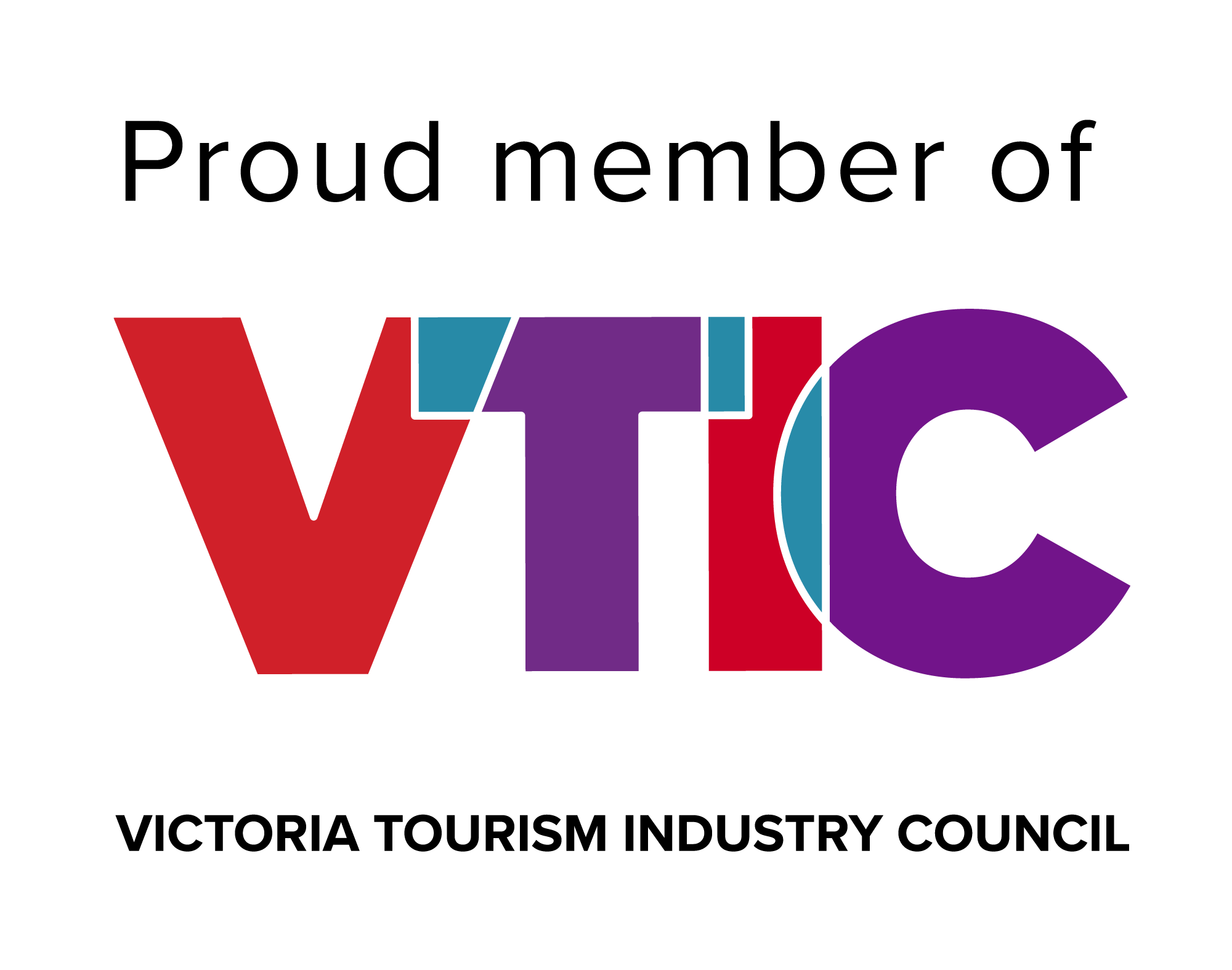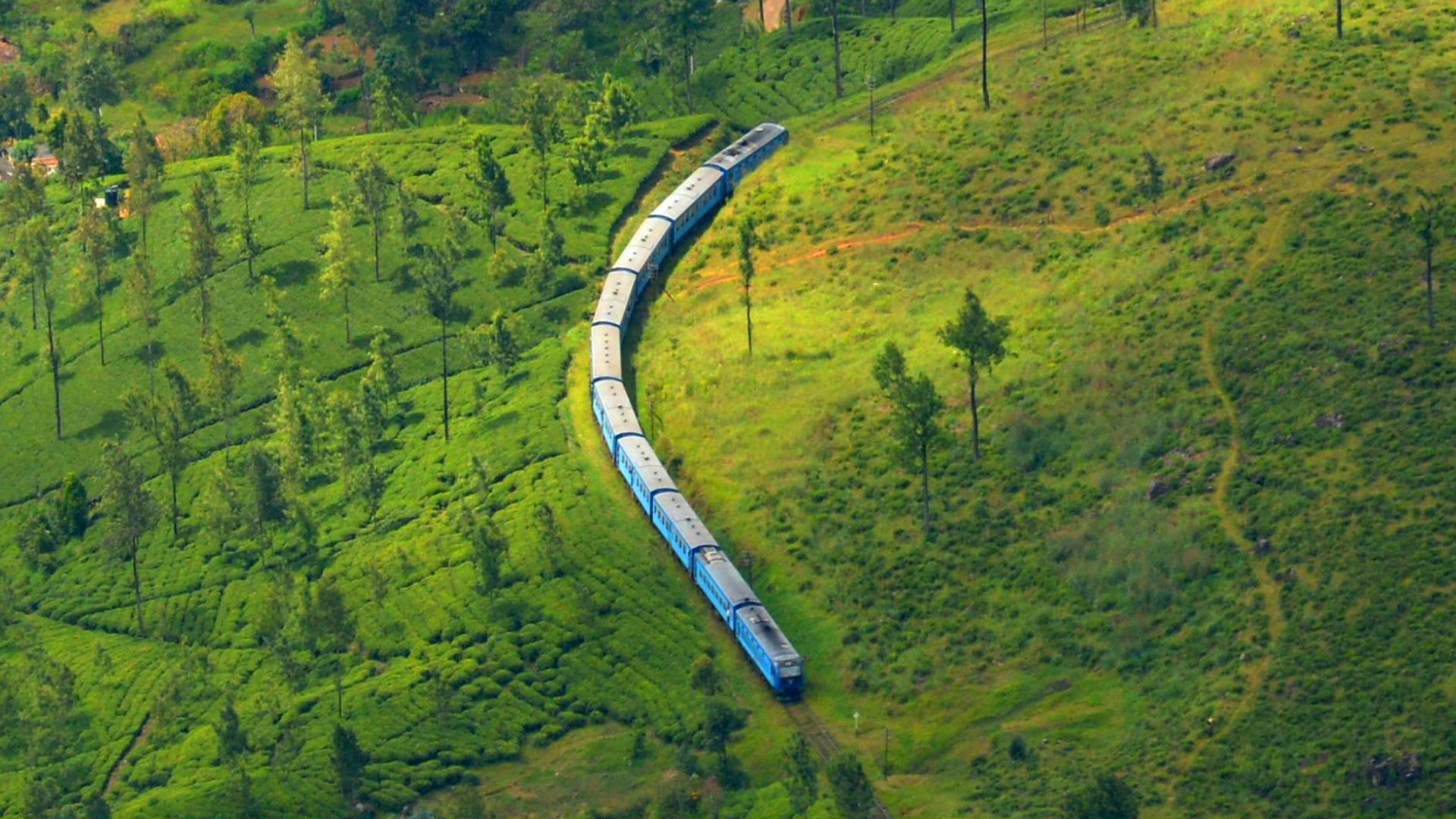
Spice Gardens, Emerald Hills & Tropic Coasts | 12-Day Sri Lankan Exploration
📍Sri Lanka | Guided | All Essentials ✅
This 12-day loop threads Sigiriya, Kandy and Ella to the south coast—spice gardens, cooking class, hill-country rail and an Udawalawe elephant safari included.
Big variety, low faff: culture, colour, and ocean-air evenings with just the right dose of adventure.
Negombo > Colombo
Easy
Age | 18 - 45
200% CO₂ Offset
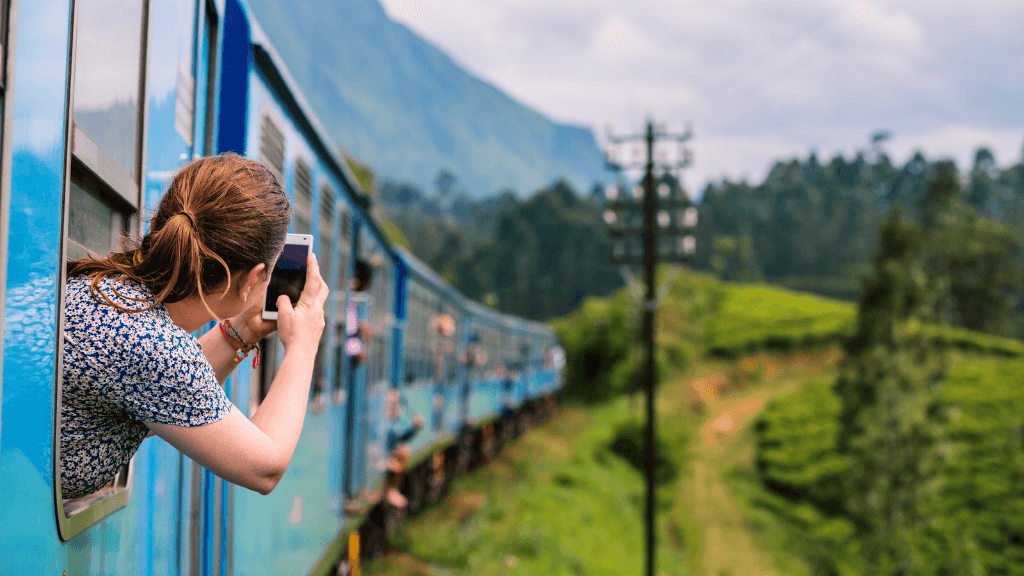
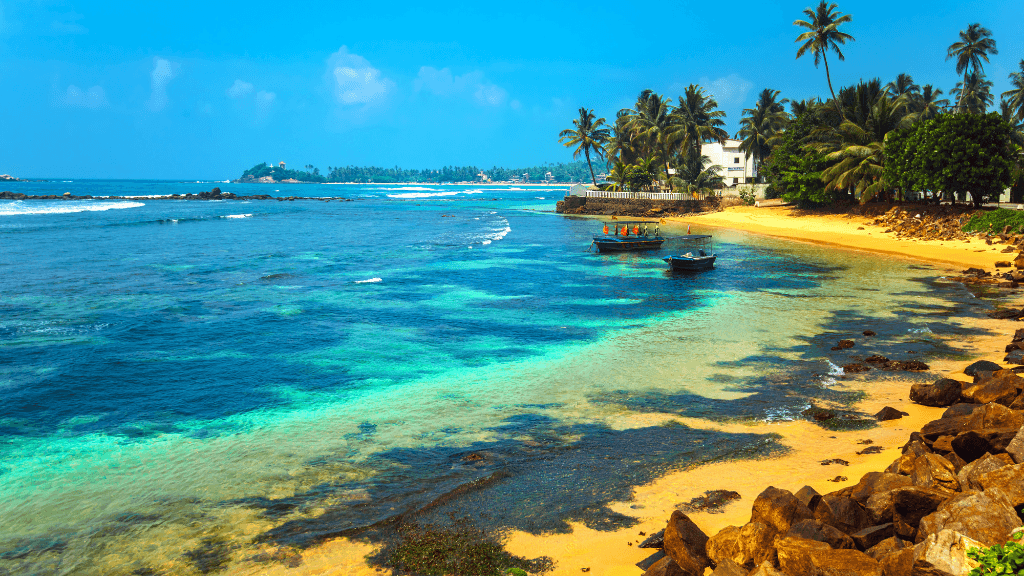
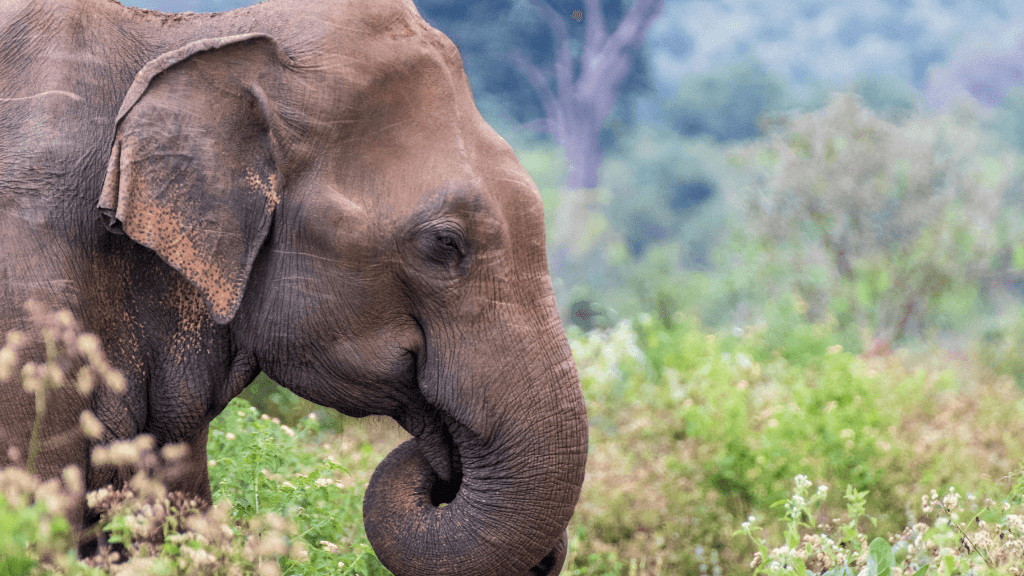
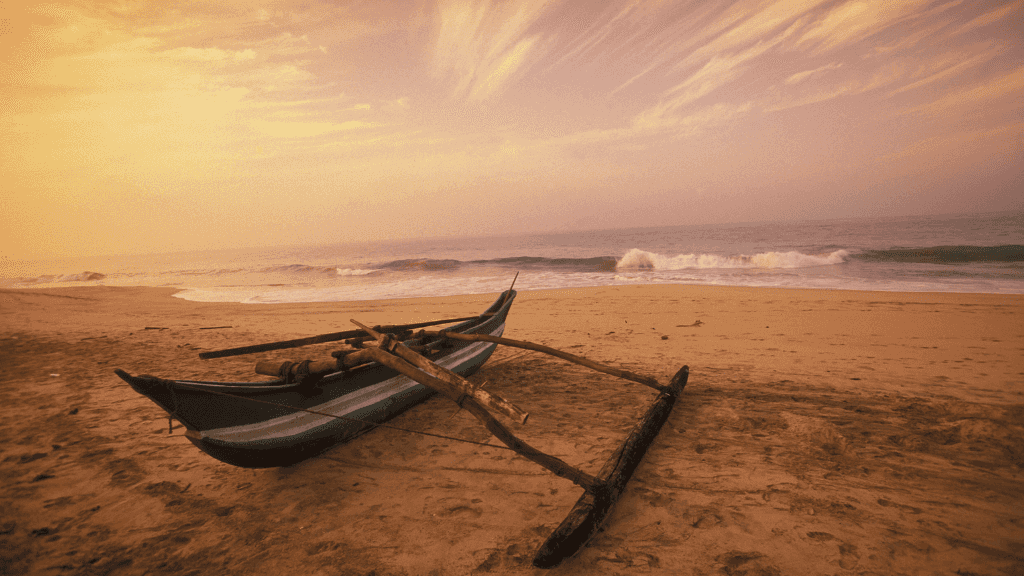
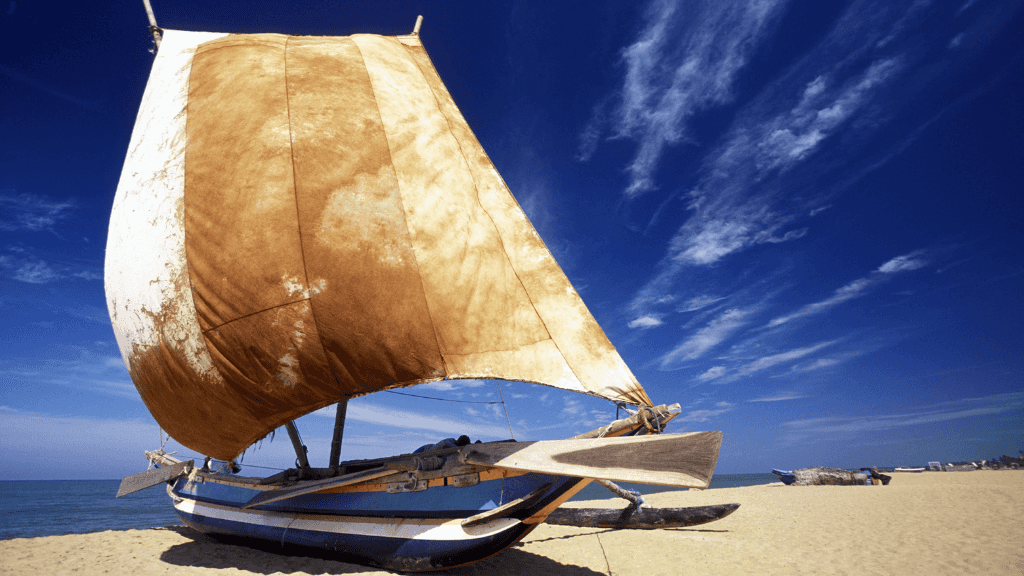

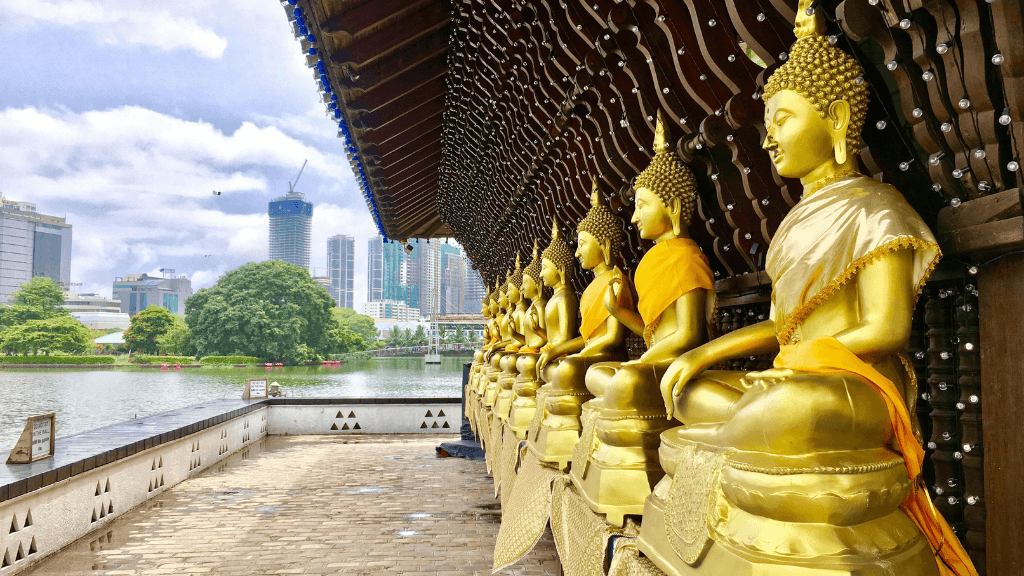
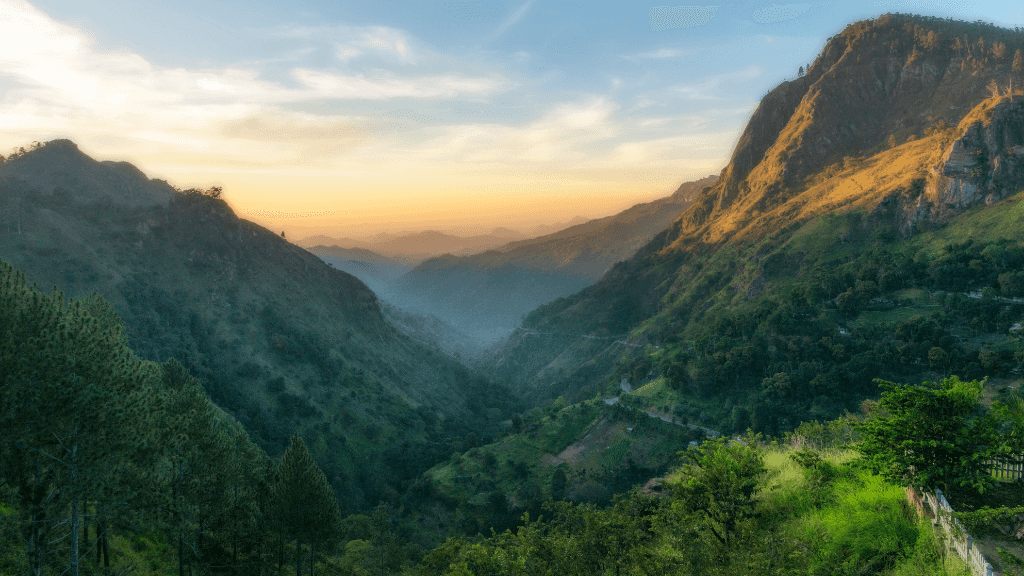
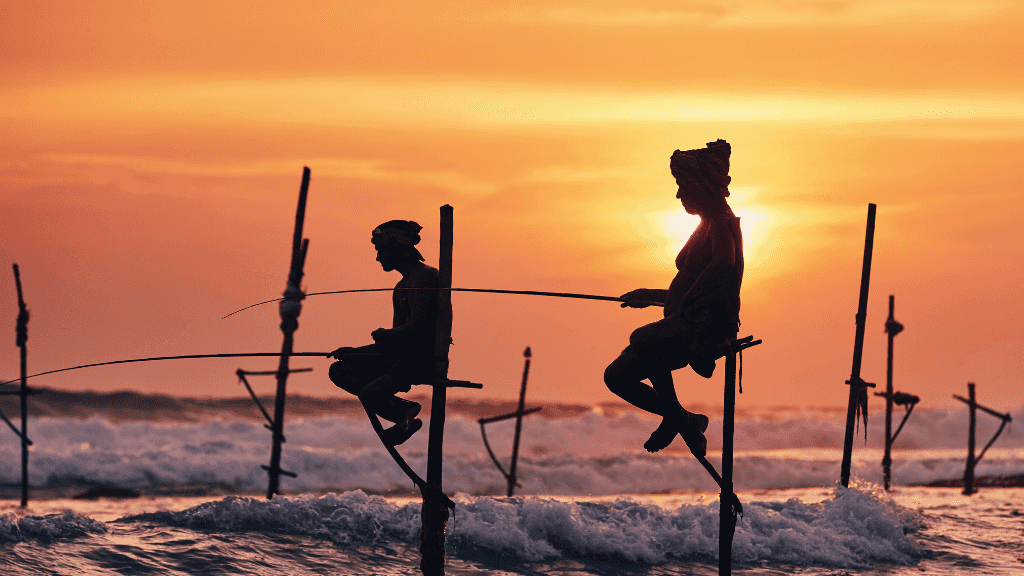
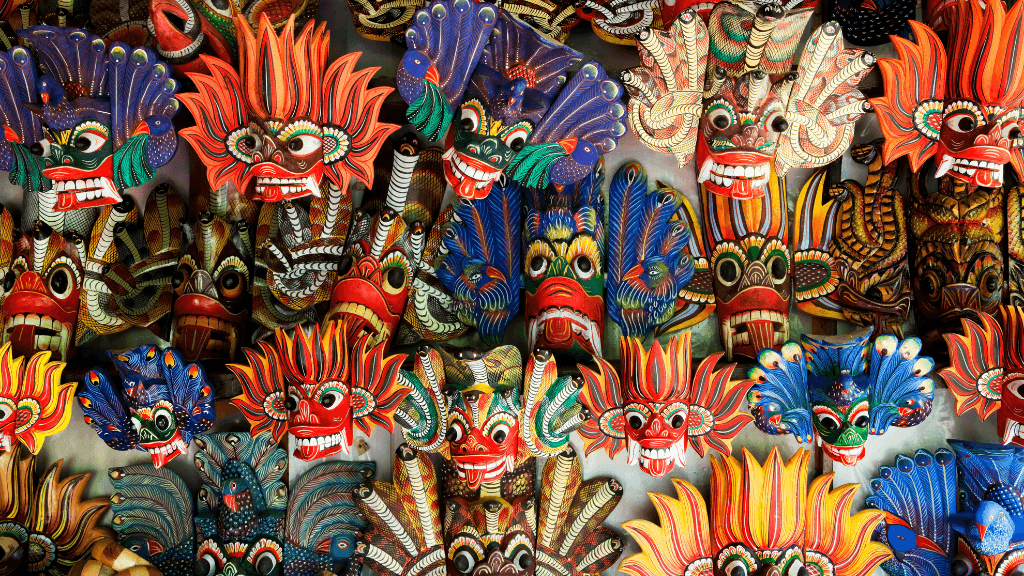
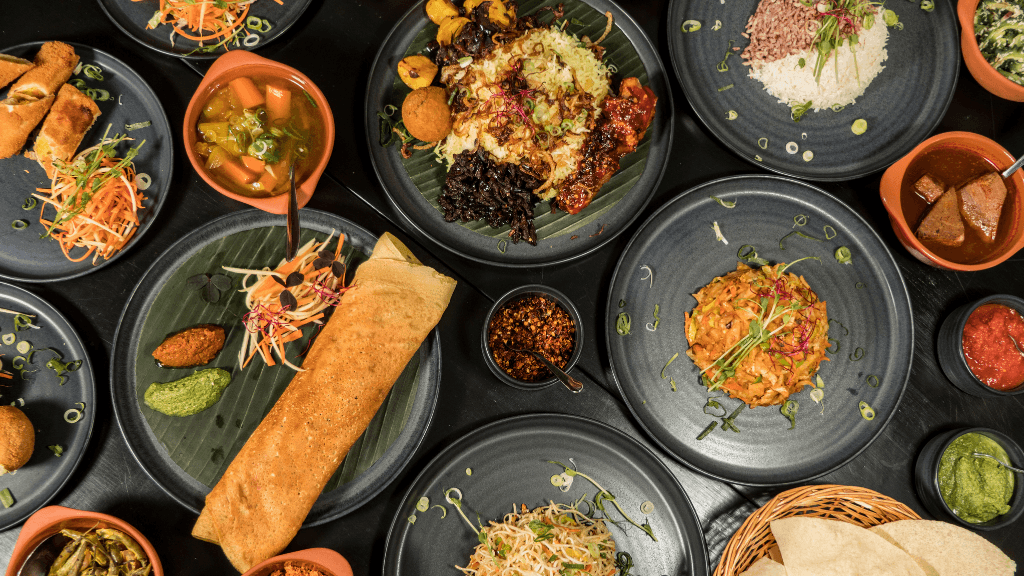
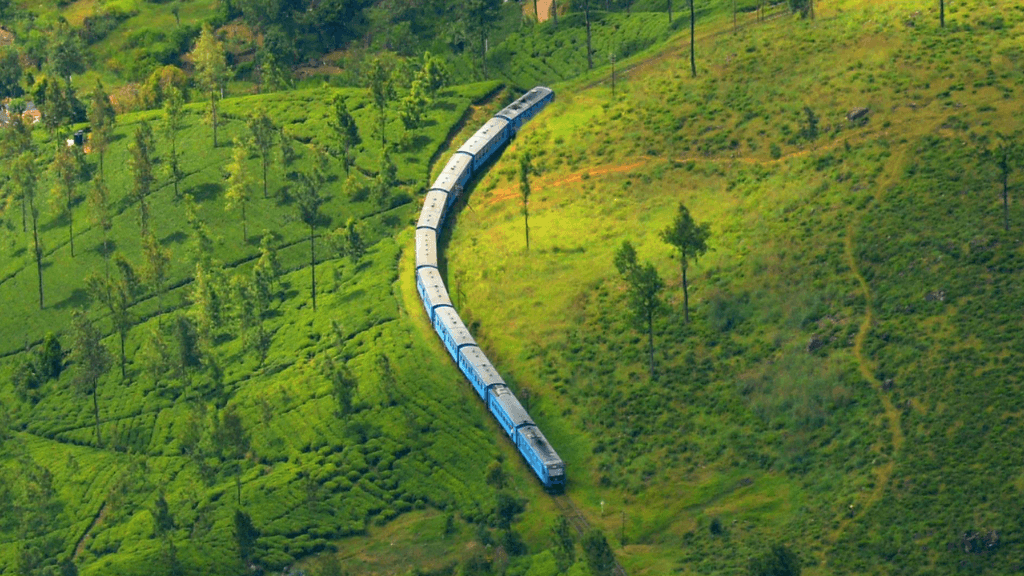
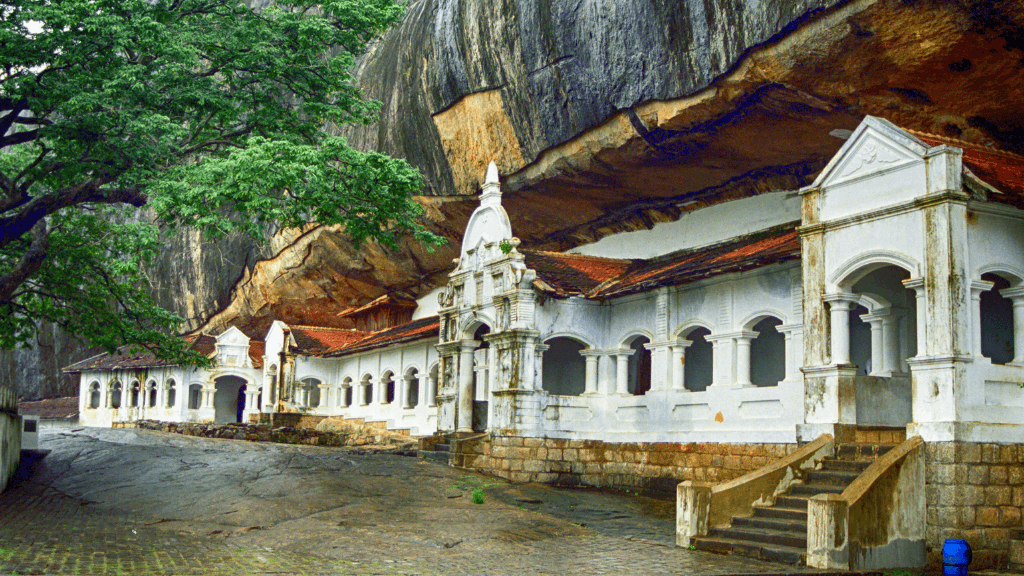
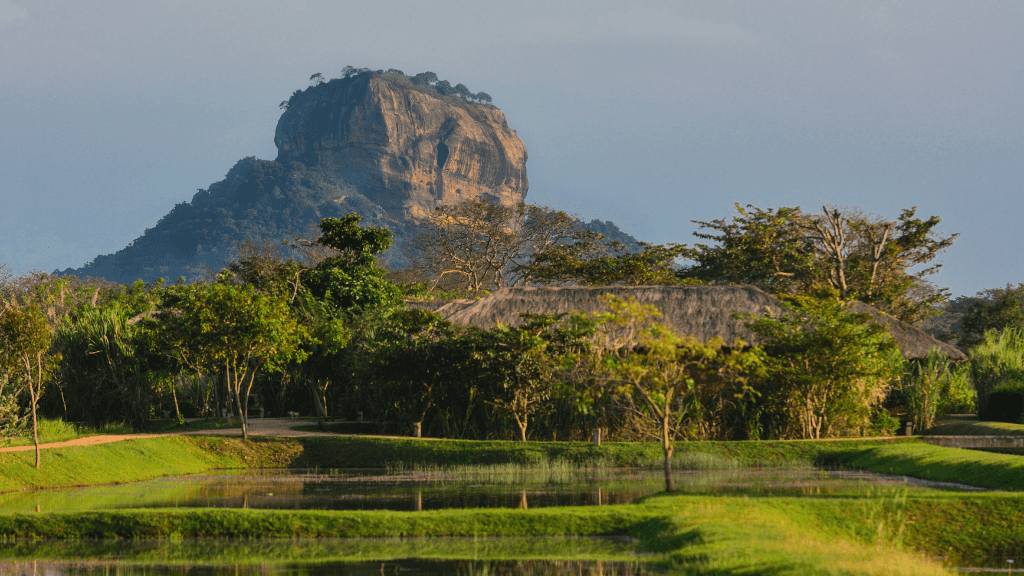

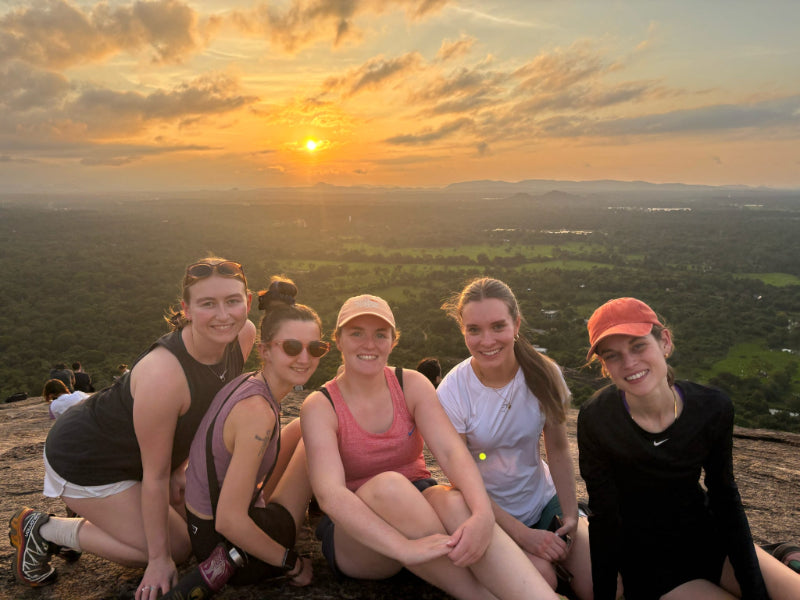
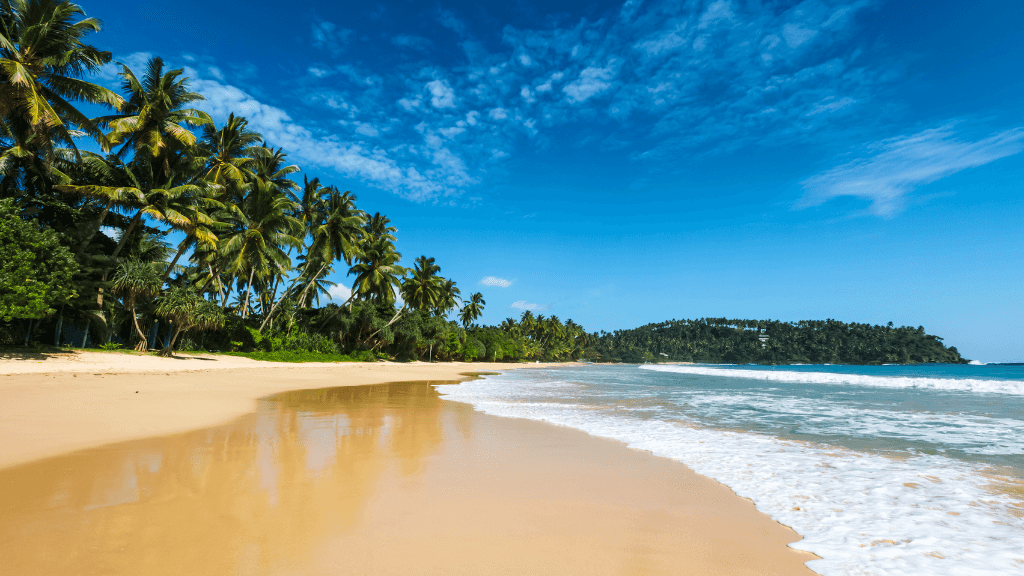
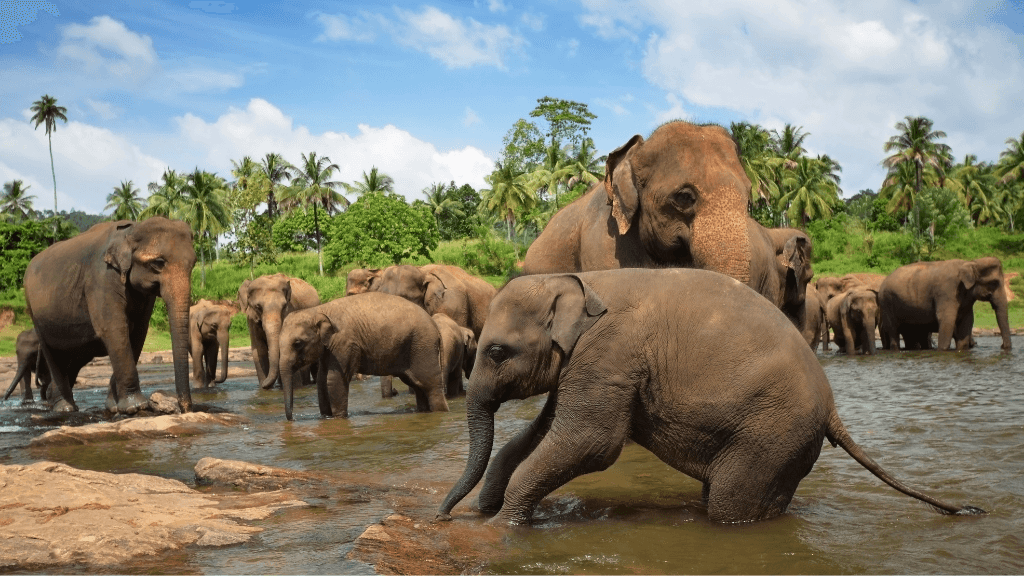
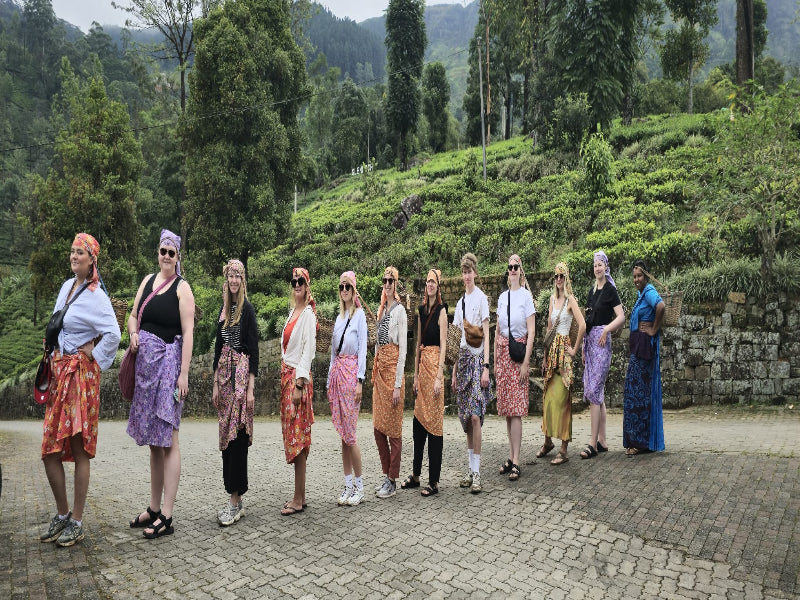
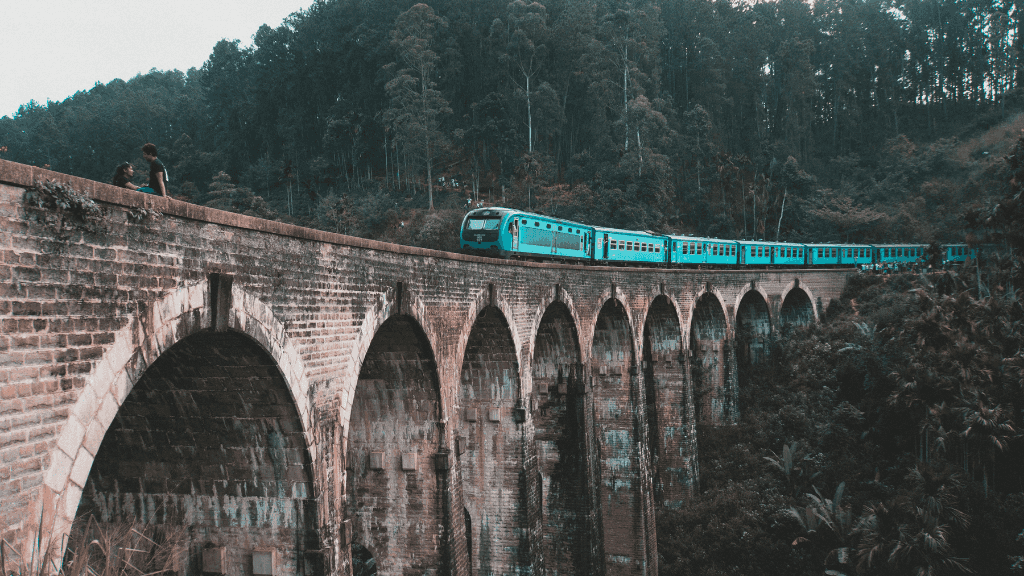
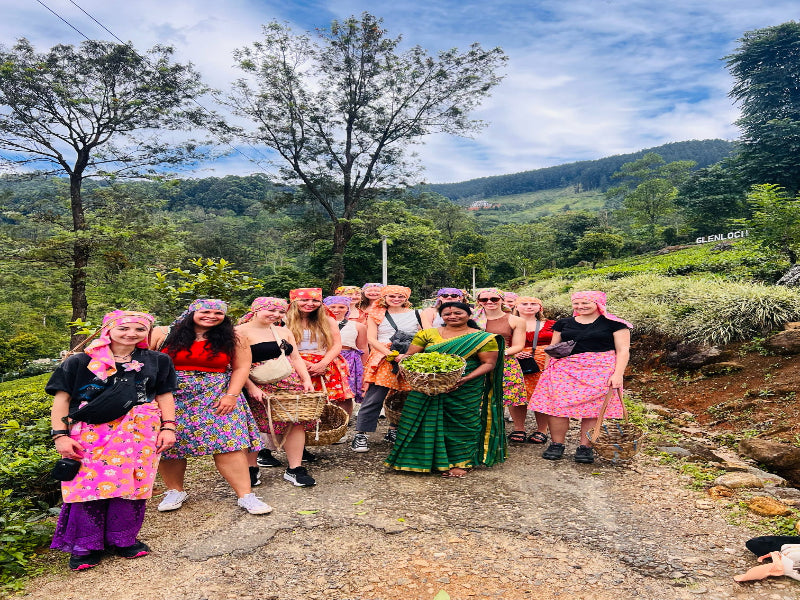
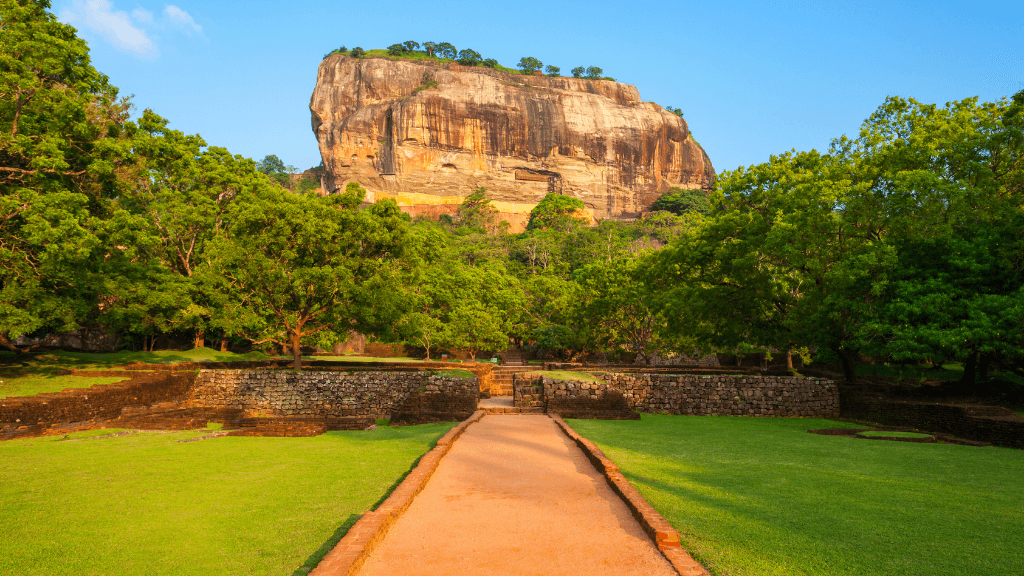
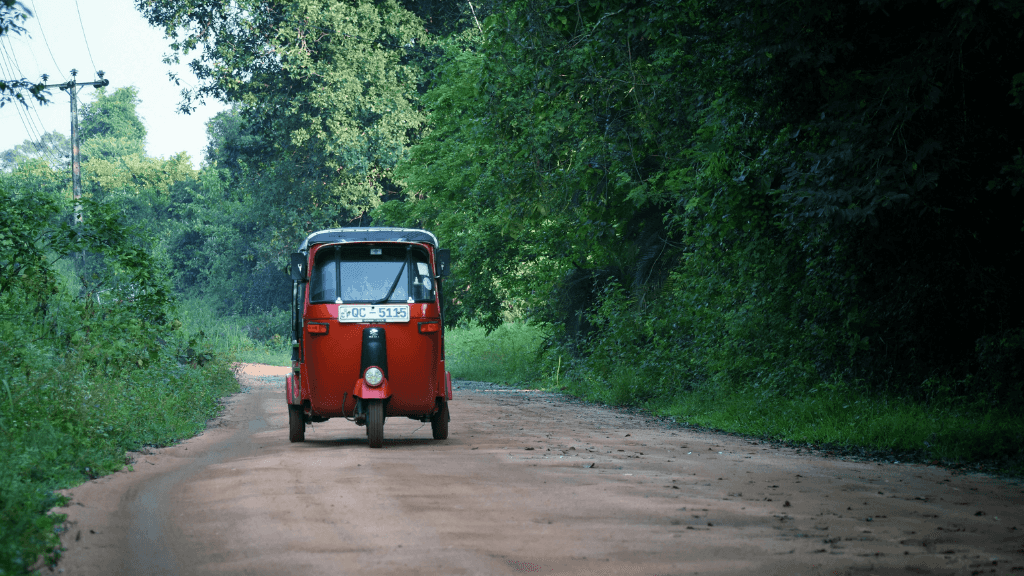
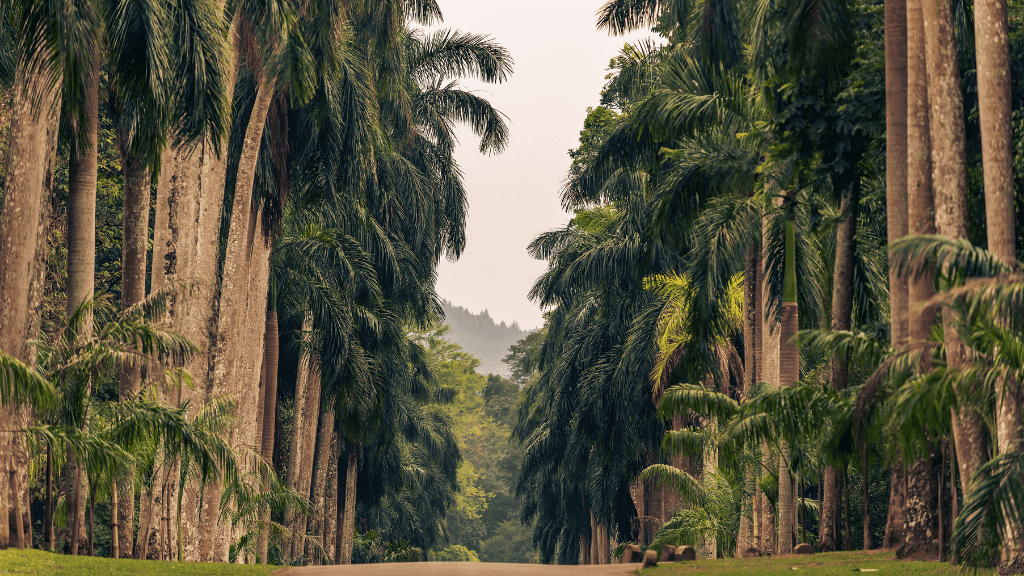
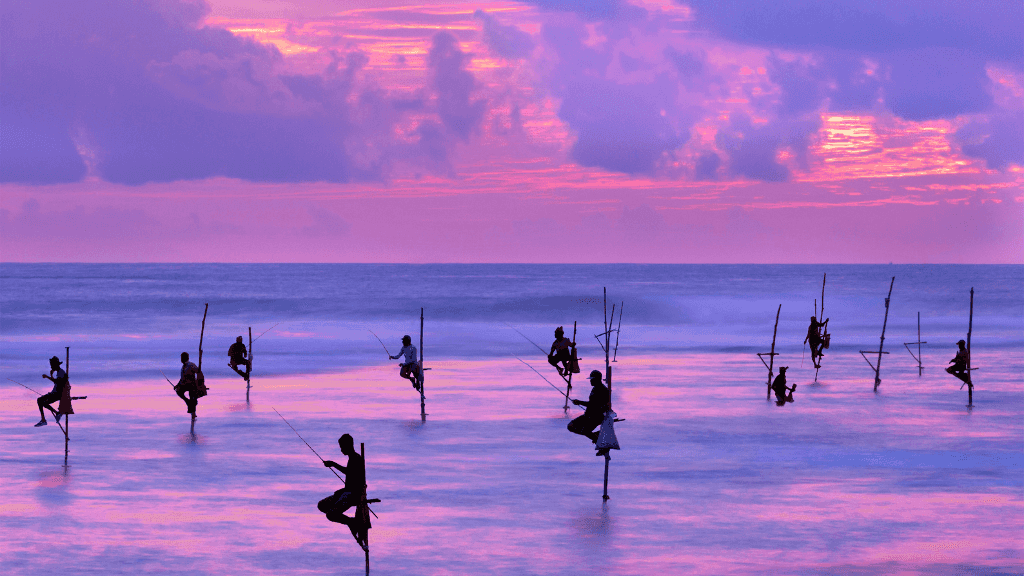
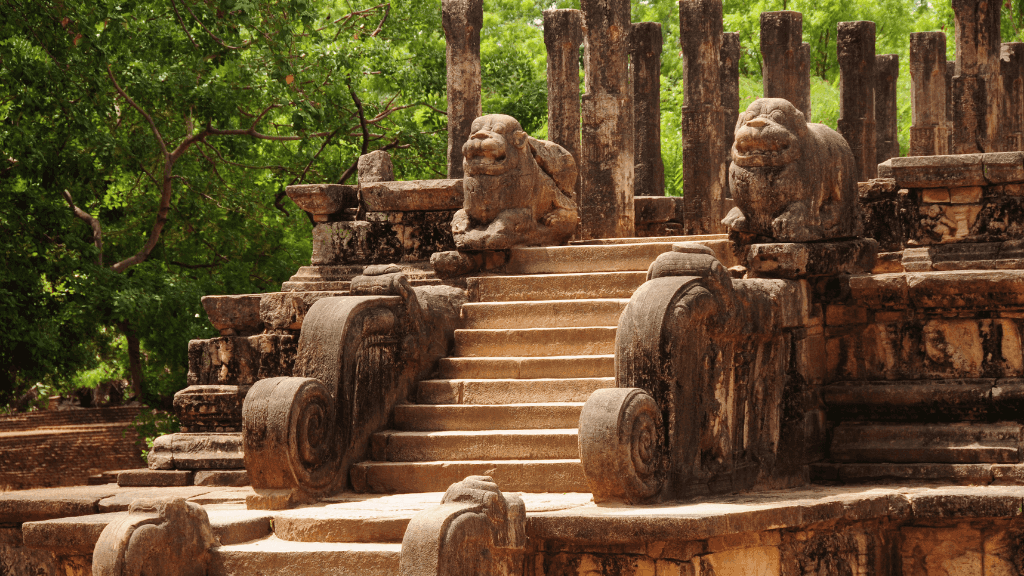
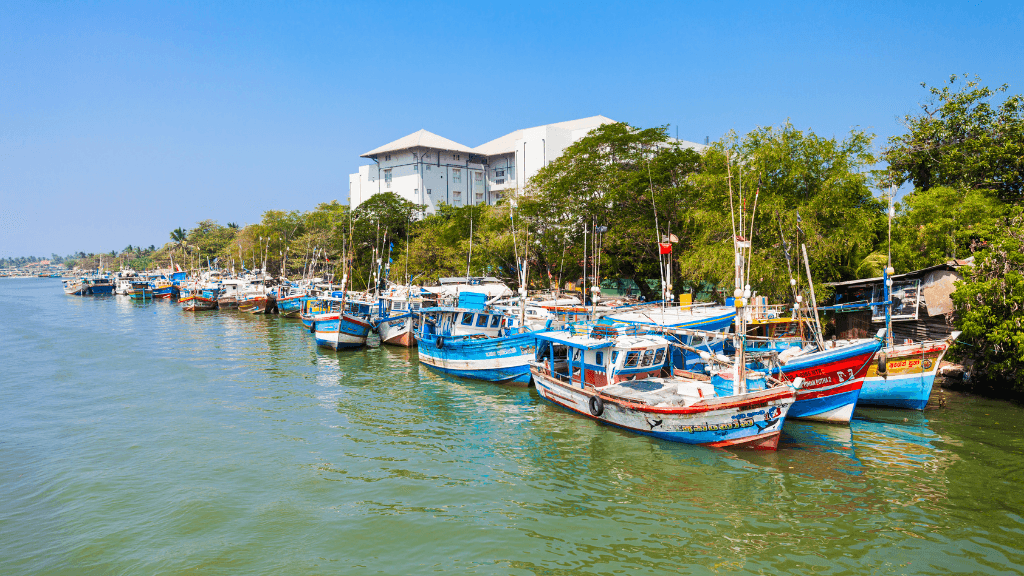
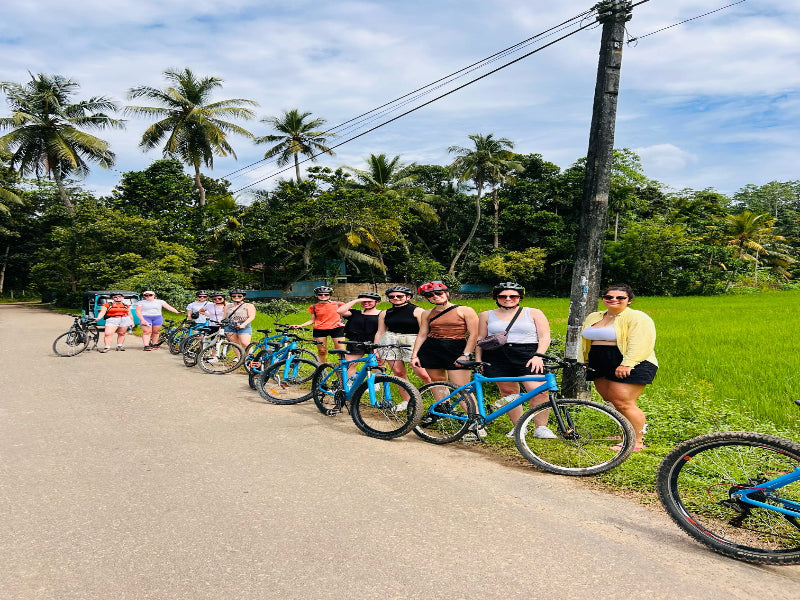
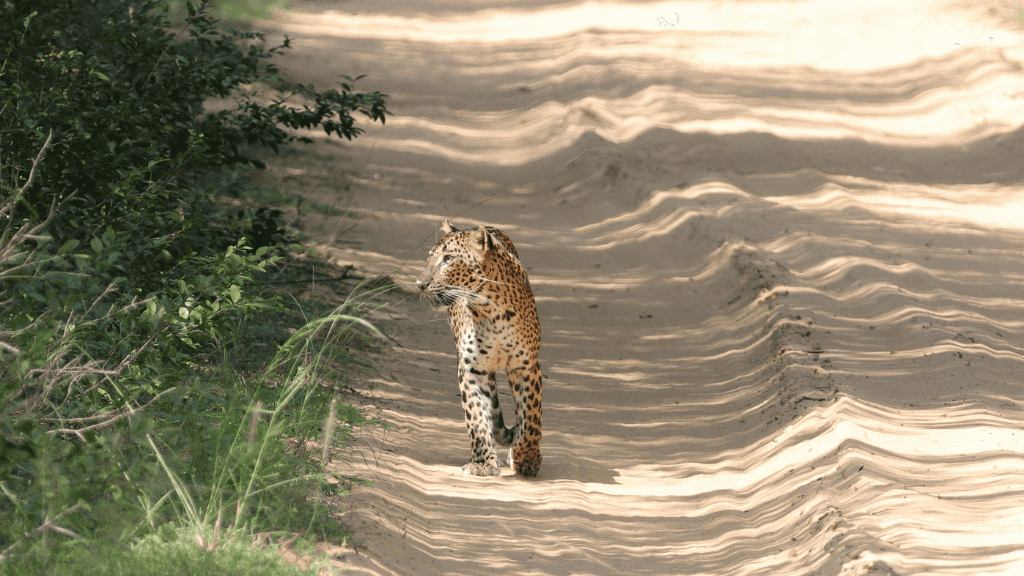
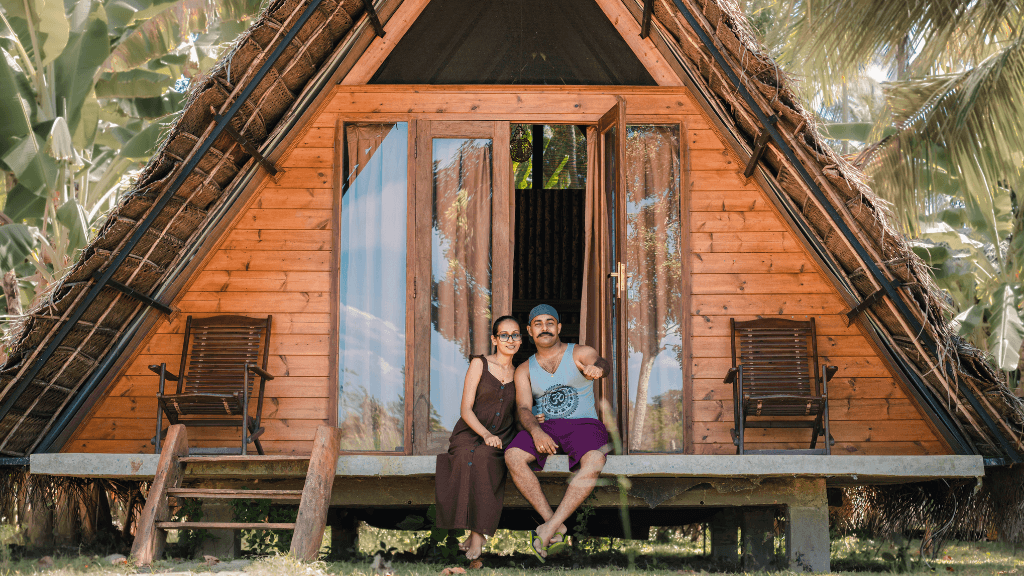

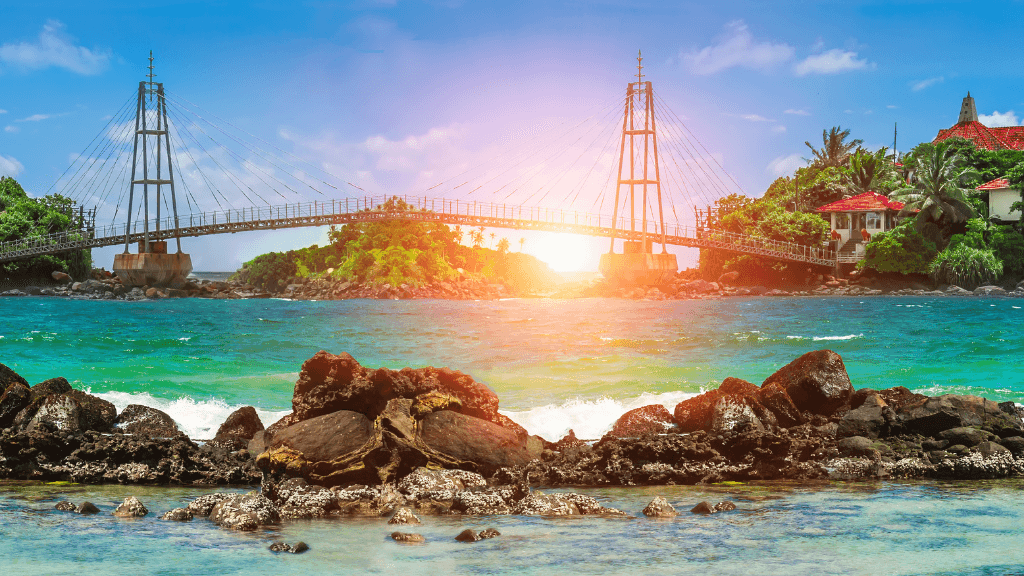

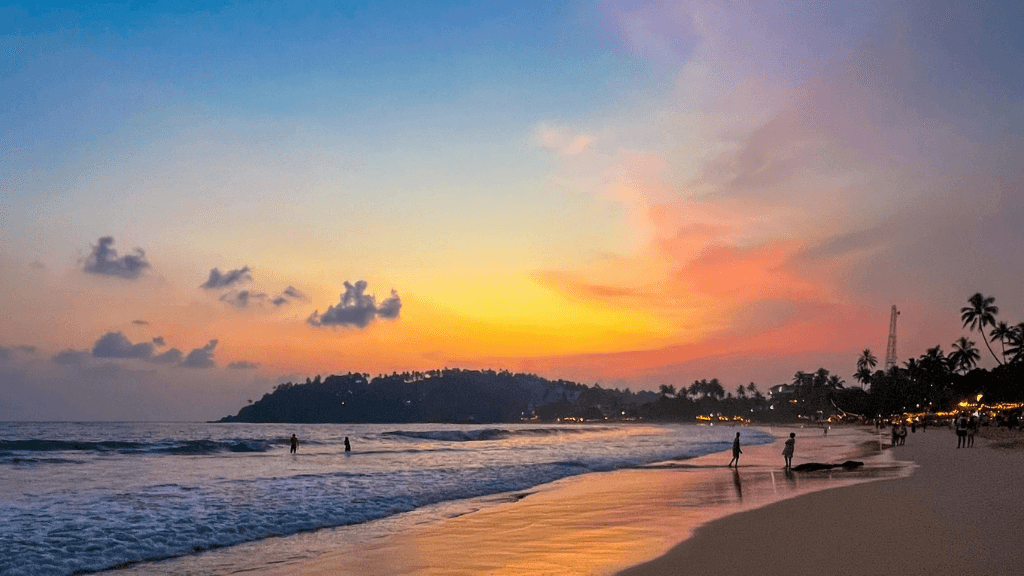
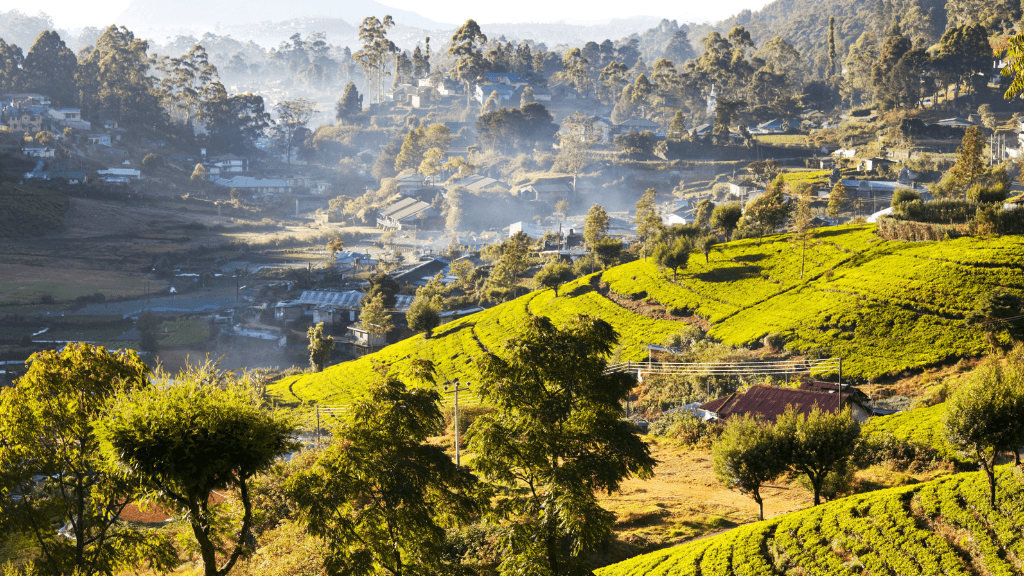
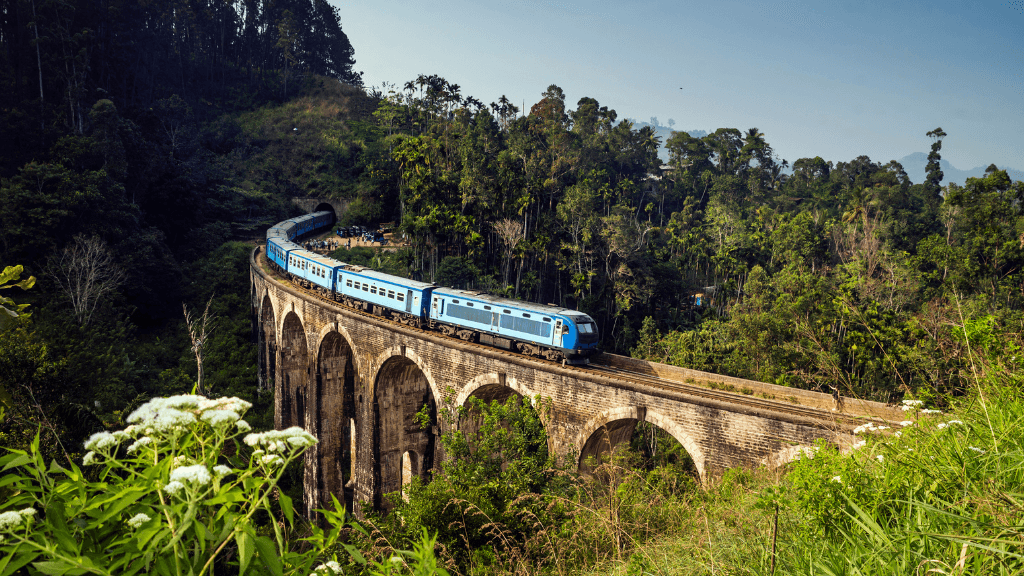
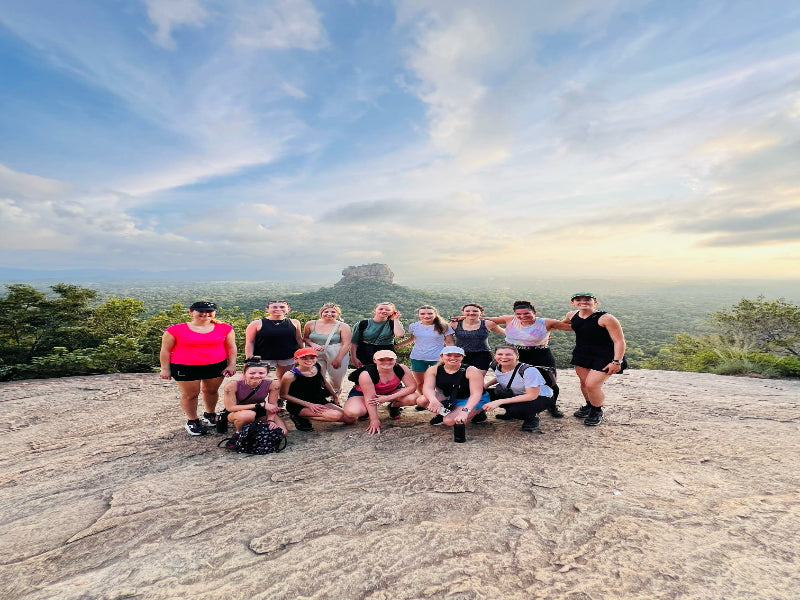
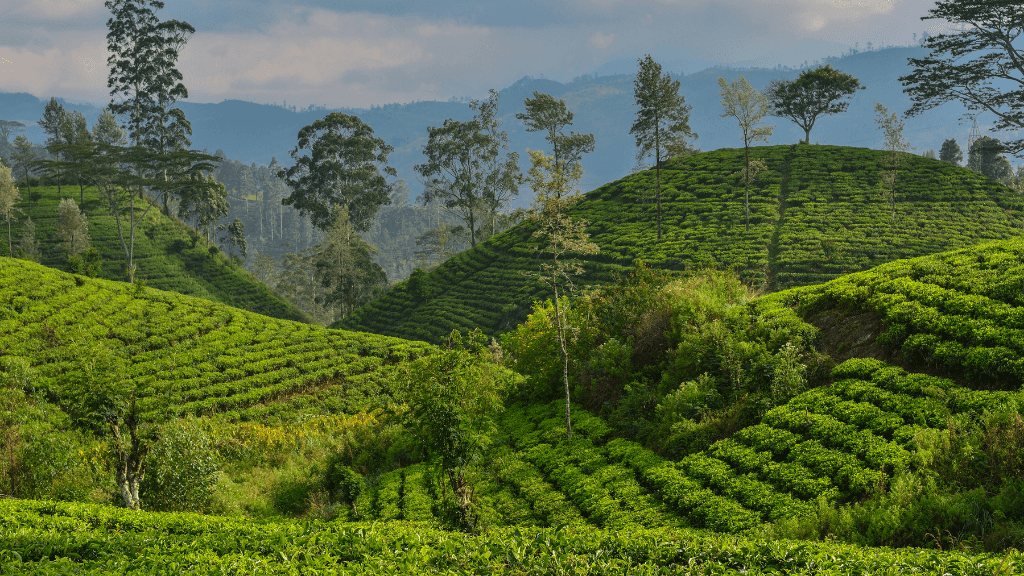
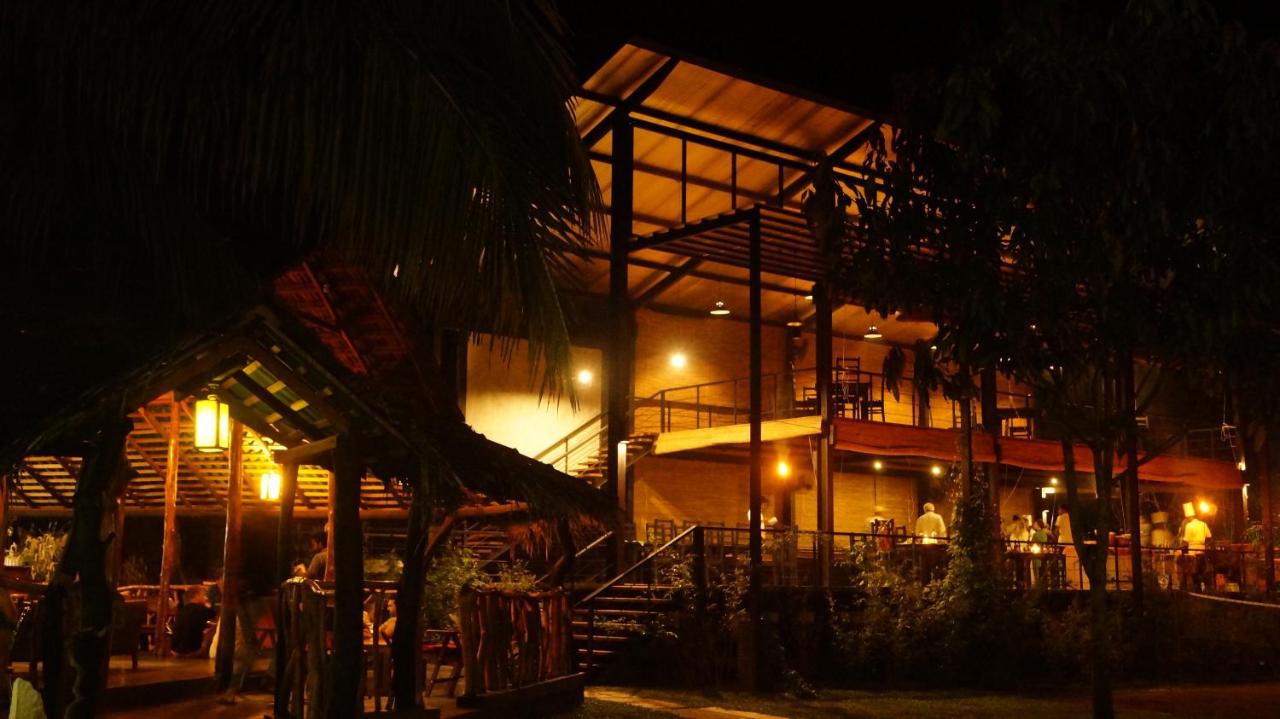
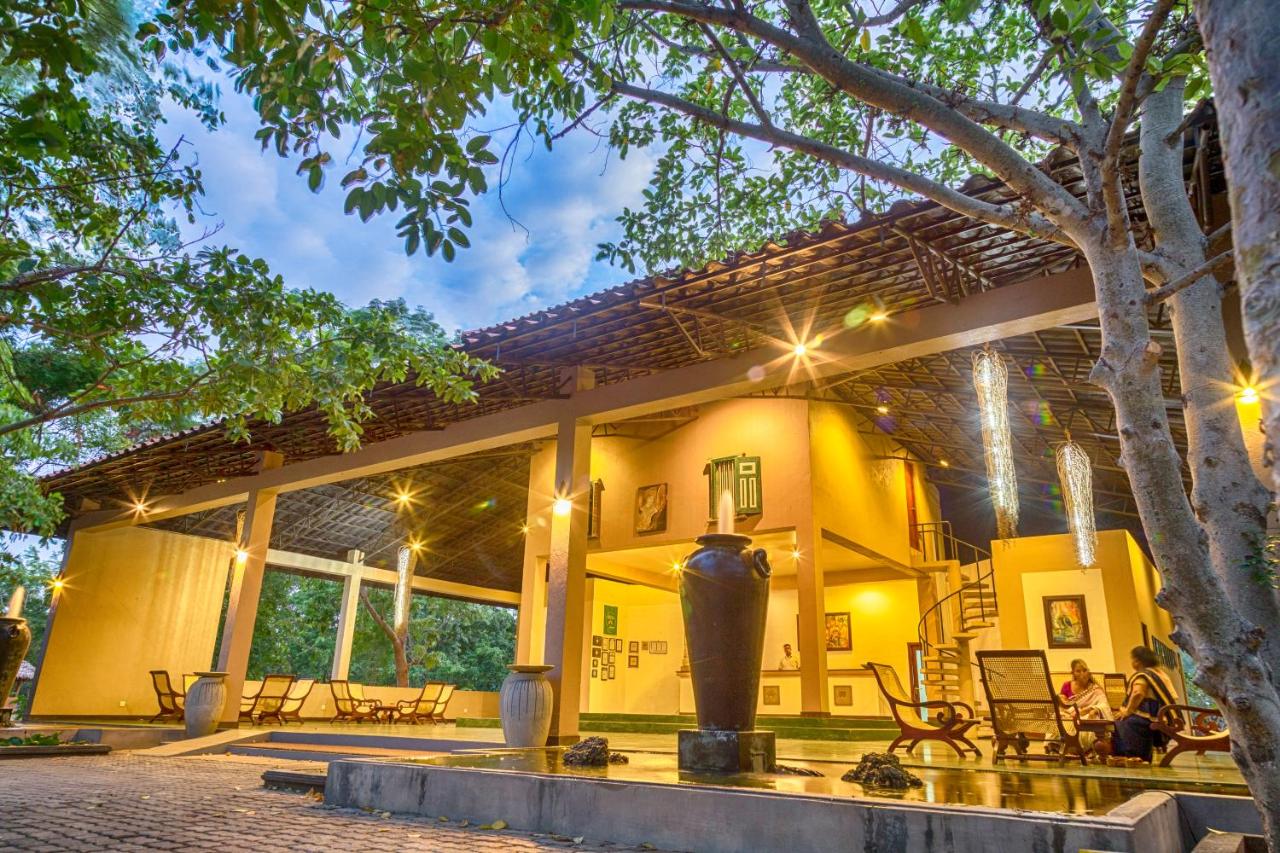
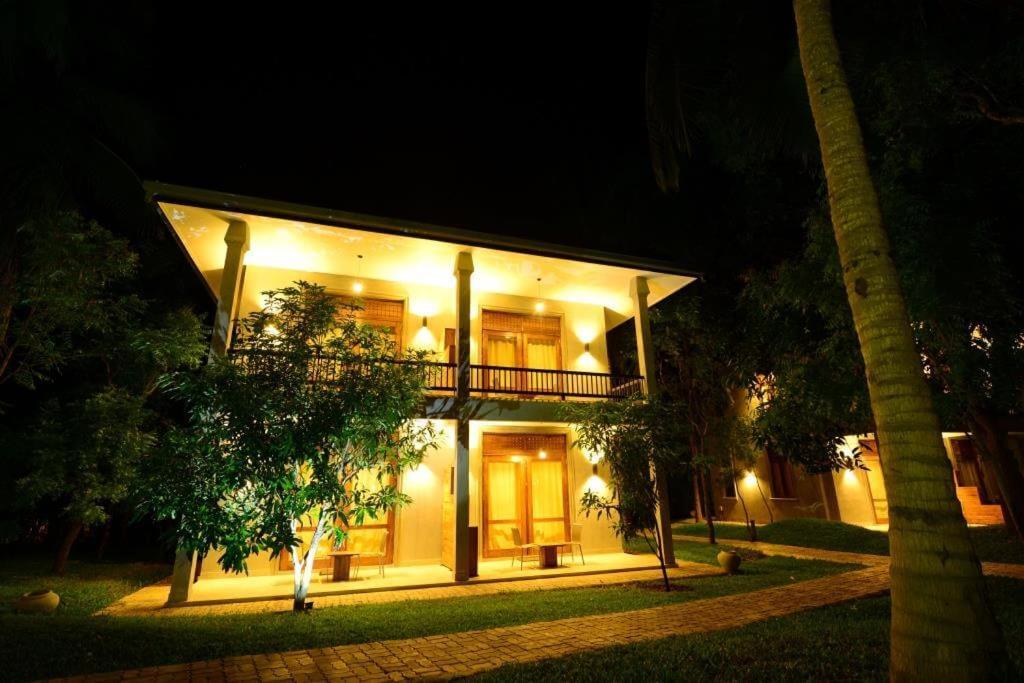
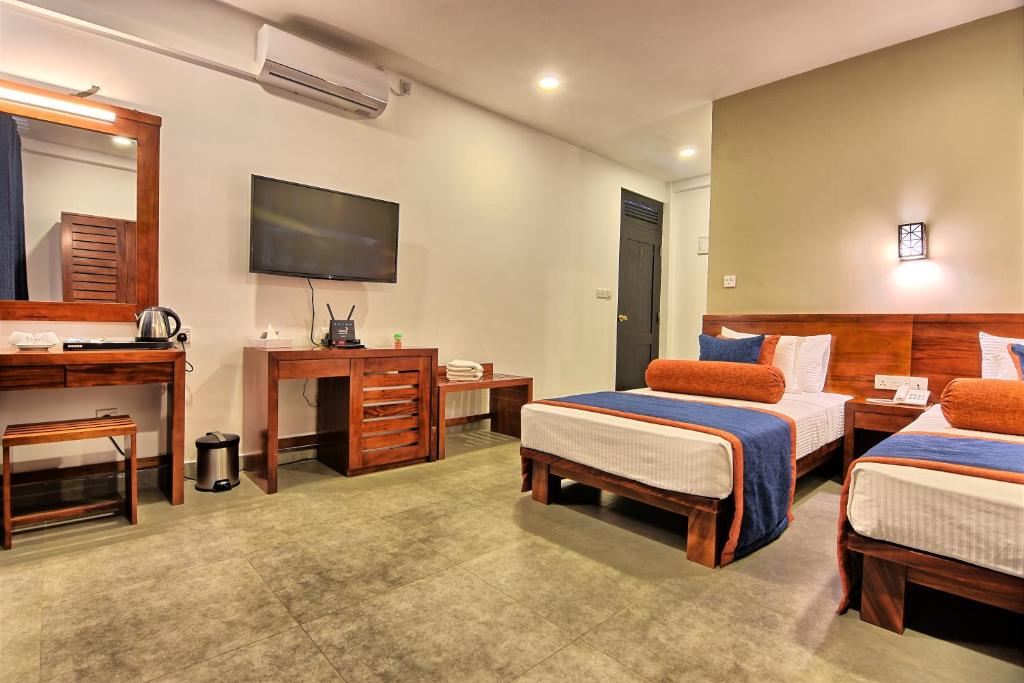
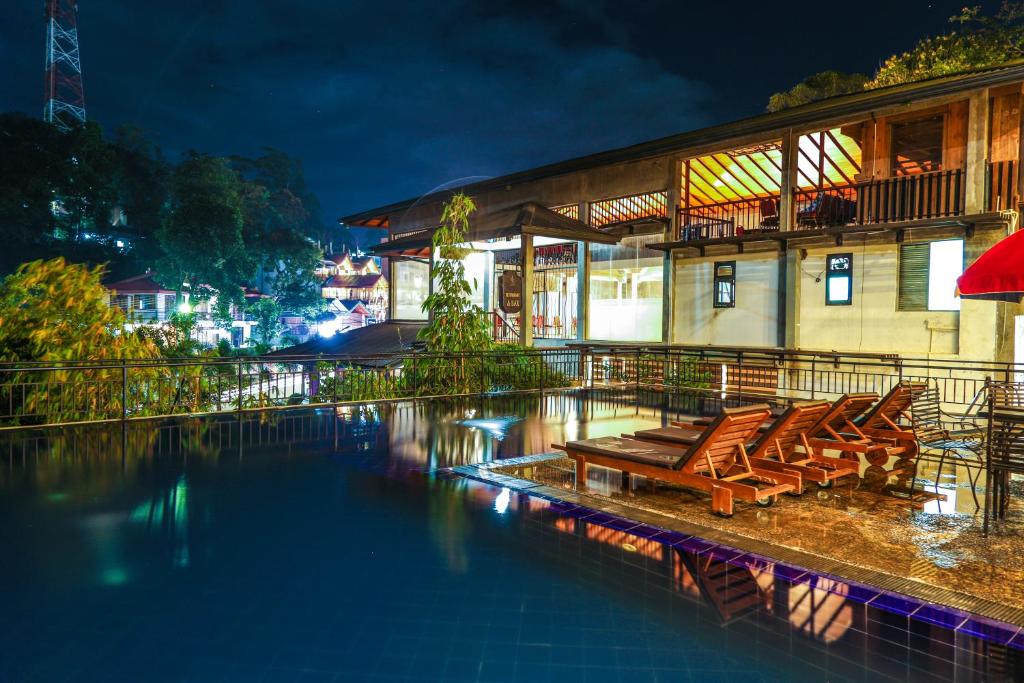
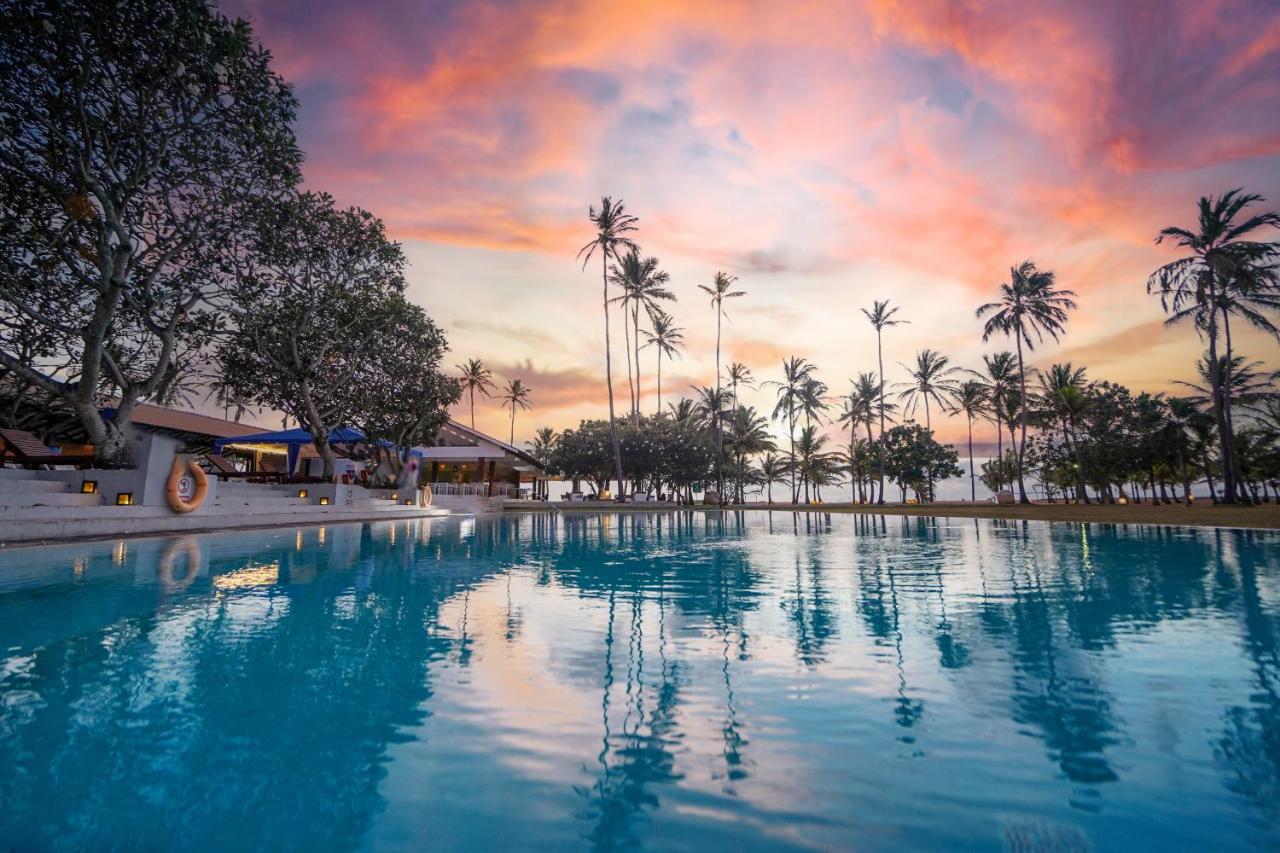
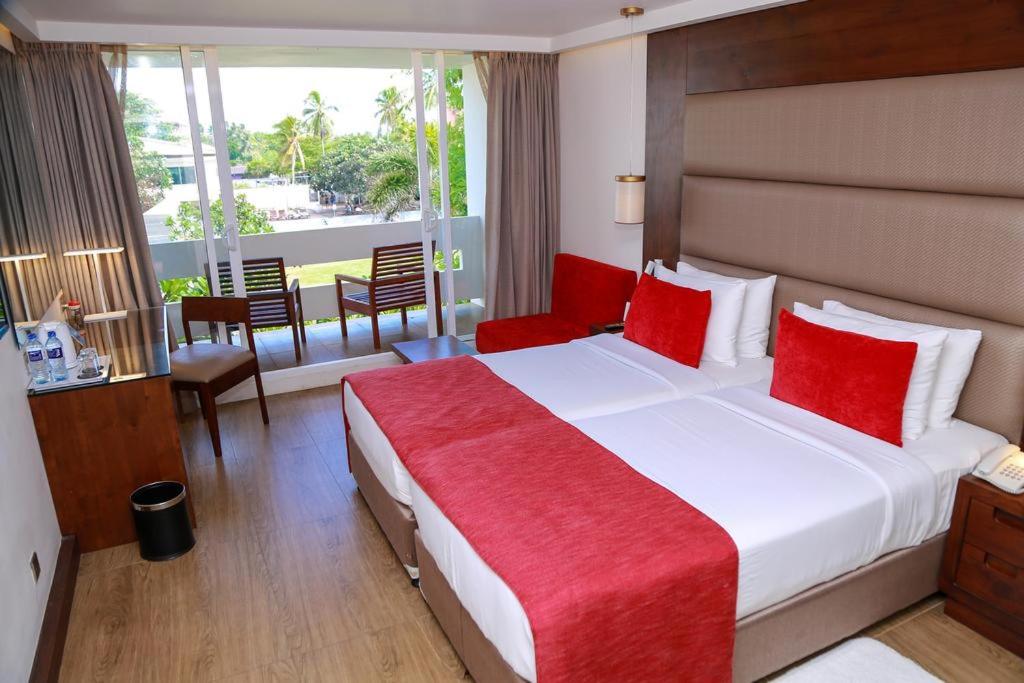
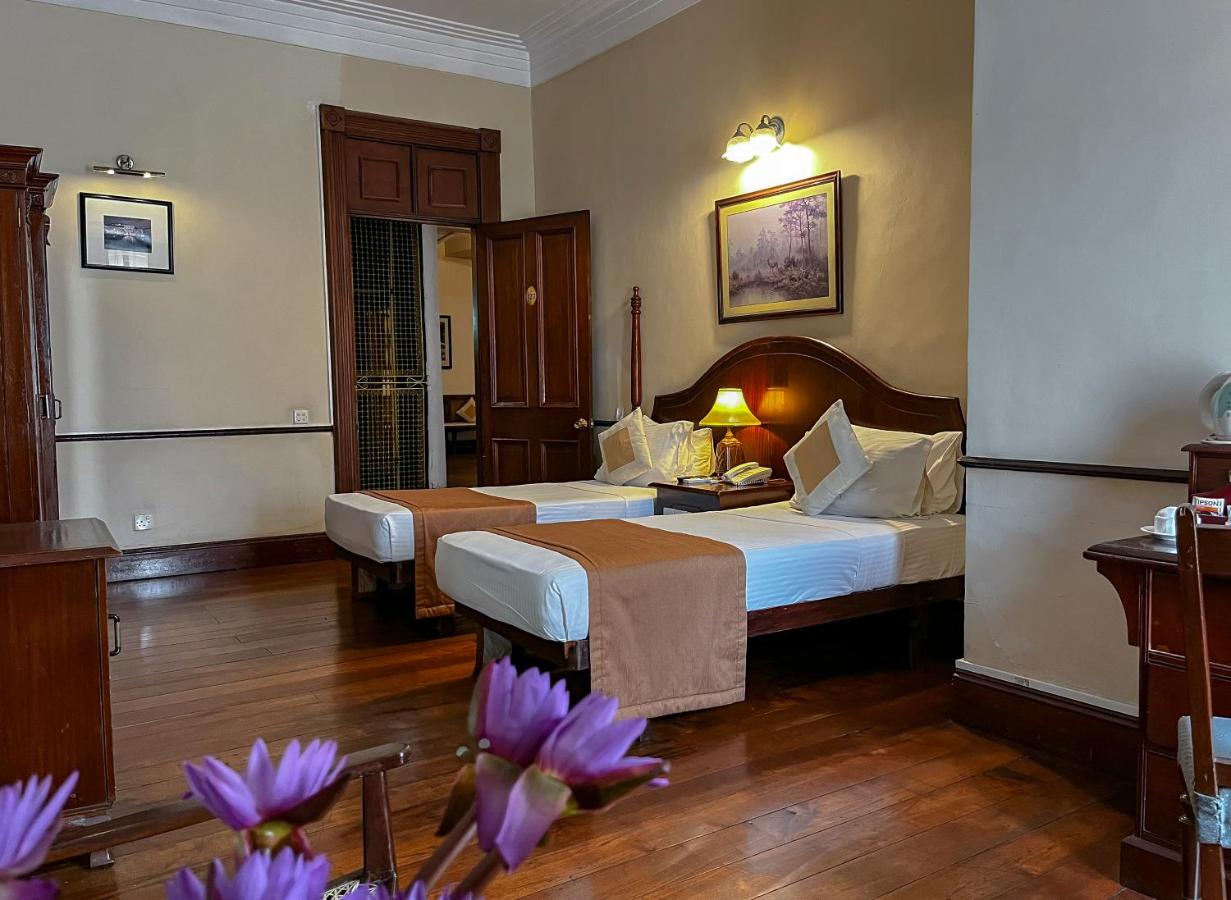
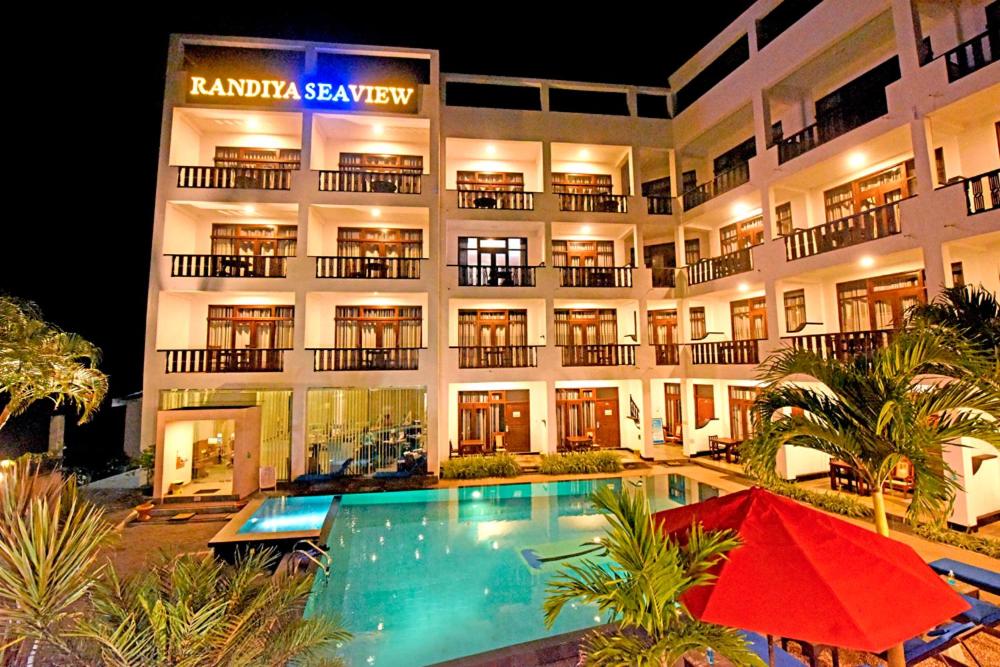
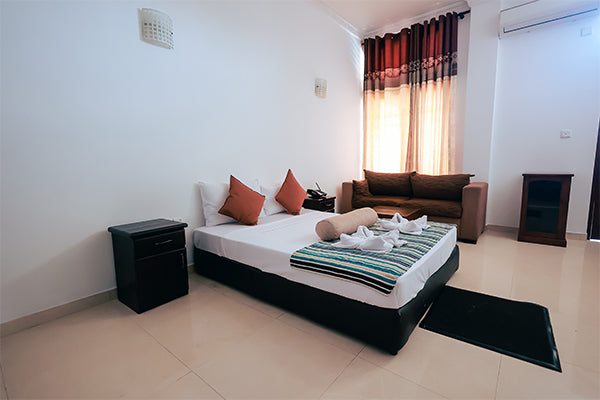
Tour Overview
Spice Gardens, Emerald Hills & Tropic Coasts | 12-Day Sri Lankan Exploration
Cave temples, tea trails, and palm-fringed bays—this 12-day circuit stitches Sri Lanka’s greatest hits into one elegant loop. Climb Pidurangala at sunset, summit Sigiriya at dawn, tuk-tuk through Kandy, ride the famous hill-country train to Ella, then trade mist for palms on the south coast. Expect elephants on safari, a bike-and-school visit near Galle, and a mellow river cruise to close. Big variety, low faff, max colour.
Quick Facts
-
Duration: 12 days
-
Style: Small-group “flashpacker” (social, comfort-leaning)
-
Difficulty: Easy–Moderate — stair climbs + hill walks; optional longer hikes
-
Start/Finish: Negombo → Colombo
-
Transport: Private vehicle/coach, scenic rail (Nuwara Eliya → Ella), tuk-tuks, boat (Madu River)
-
Stays: Handpicked hotels (twin/double) + 1 night safari glamping
Trip Highlights
-
Marvel at Dambulla Cave Temple; hike Pidurangala for a sunset panorama over Sigiriya.
-
Climb Sigiriya at first light—kingdom-in-the-clouds views.
-
Kandy by tuk-tuk, including the Temple of the Tooth.
-
Tour a tea estate, then ride the world-famous Ella train.
-
Little Adam’s Peak & Nine Arch Bridge photo stops.
-
Udawalawe elephant safari with a night of jungle glamping.
-
Mirissa beach time & Coconut Tree Hill sunset.
-
Galle bike ride with a local school visit, explore Galle Fort.
-
Reflect at the Tsunami Memorial; drift the Madu River mangroves by boat.
Good to Know
-
Meals included: 11× breakfasts, 2× lunches, 2× dinners.
-
Age band: typically 18–45; max group size ~22.
-
Rooming: twin/double as standard; glamping night uses comfy, fixed tents.
-
Optional extras: extra safari, Ella hikes, surfing/massage time on the coast.
-
Pace: steady; early starts for key climbs keep crowds and heat down.
LIVE DATES AND AVAILABILITY
Tour Itinerary
Day 1–2 | Negombo Welcome → Sigiriya at Sunset
Day 1: Negombo Arrival
Touch down, airport pickup, hotel check-in, then a relaxed welcome dinner with the crew. Easy first evening to reset after the flight and meet the group.
Day 2: Dambulla Caves & Pidurangala
Roll inland to the Dambulla Cave Temple (Buddha statues, painted ceilings), lunch stop, pool dip, then hike Pidurangala for a golden-hour panorama across to Sigiriya. Early night—tomorrow starts strong.
Day 3 - 4 | Sigiriya Sunrise → Kandy by Spice, Tuk-Tuk & Temple
Day 3: Sigiriya Rock & Village Lunch
Climb the legendary Sigiriya at first light—frescoes, lion paws, sky-high views. Lunch with a local family; afternoon free for a massage or optional elephant safari.
Day 4: Spice Garden, Cooking Class & Kandy
Head for the hills: learn fragrant basics at a spice garden, roll sleeves up for a cooking class, then buzz through Kandy by tuk-tuk and visit the Temple of the Tooth.
Day 5 - 6 | Tea Country → Ella (Rail Day) & Free Day
Day 5: Tea Estate & Iconic Train
Tour a working tea estate (pluck, taste, appreciate), then board the famous Nuwara Eliya → Ella train—bridges, valleys, and the kind of scenery that slows conversations to “wow.”
Day 6: Ella Your Way
Choose your Ella: hike Ella Rock or Diyaluma Falls, hit a spa, café-hop, or drift by the pool. Low-effort, high-altitude bliss.
Day 7 - 8 | Ella Peaks & Arches → Udawalawe Safari → Mirissa Coast
Day 7: Little Adam’s Peak, Nine Arch & Safari
Morning walk up Little Adam’s Peak, photo stop at the Nine Arch Bridge, then roll south for an Udawalawe jeep safari (elephants galore). Overnight glamping under canvas.
Day 8: Mirissa Beach Time
Trade jungle for palms. Settle into Mirissa; afternoon free for surfing, massages, or a sunset wander to Coconut Tree Hill.
Day 9 - 10 | Mirissa Free Day → Galle by Bike & Fort Walls
Day 9: Mirissa Flex Day
Sleep in or chase the blue—whale-watching (Oct–Apr), surf lesson, café crawl. Your call.
Day 10: Galle Paddy-Fields Ride & Fort
Spin a 12 km cycle through paddy fields with a local school visit, then stroll Galle Fort for gelato, boutiques, and sea-wall sunsets.
Day 11 - 12 | Tsunami Memorial & Madu River → Colombo → Depart
Day 11: Coast Reflections & River Drift
Morning beach time, a stop at the 2004 Tsunami Memorial, then a peaceful Madu River mangrove cruise. Continue to Colombo for the finale.
Day 12: Depart Sri Lanka
Breakfast, goodbyes, onward travel. Expect full hearts and full camera rolls.
Key Tour Info
Route Map
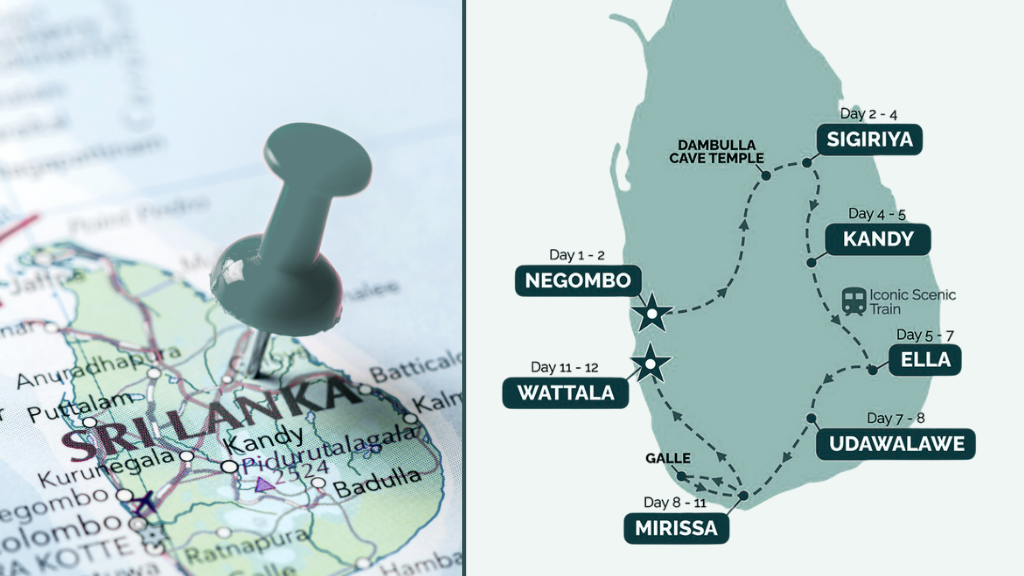
Food & Accommodation
Where You’ll Be Staying & What You’ll Be Eating
Where You’ll Be Staying
- Handpicked hotels (twin/double): Comfortable, clean, and well-located—think pool dips after temple days and breezy balconies in the hill country.
- Safari glamping (1 night, Udawalawe): A fixed-camp “under-canvas” experience with real beds and creature comforts—perfect after elephant-spotting.
- Rooming: Twin/double as standard. Expect modern amenities in city/coastal hotels; simpler, nature-forward vibes at the glamping camp.
- The feel: A good balance of style and sense—close to the action in Sigiriya/Kandy/Ella, relaxed by the coast in Mirissa, and a memorable night near the park. Earplugs and a light sleep mask = pro move.
What You’ll Be Eating
- Included meals: 11 × breakfasts, 2 × lunches, 2 × dinners. Kick off with a Sri Lankan welcome dinner; later, enjoy a cooking-class lunch and a hearty safari-day spread.
- Cuisine highlights (own expense beyond the inclusions):Cultural Triangle & Kandy: rice and curry spreads, hoppers (egg or plain), pol sambol, kottu roti.Hill Country: tea tastings, short eats (savoury snacks), warming dhal after rail days.South Coast: fresh seafood, fruit shakes, ginger beer, beach-side grills at sunset.
- Dietaries: Vegetarian and many other preferences are widely accommodated with notice. Street-food is tempting—follow guide tips and stick to busy spots.
- Hydration & heat: It’s tropical. Carry a reusable bottle; choose sealed water/treated refills, and keep electrolytes handy on hotter days.
Good to Know
- Early starts for Pidurangala/Sigiriya and the train day help dodge crowds and heat—light breakfasts are common before big climbs.
- Coastal days skew casual: sandals, sarongs, and seafood. Hill-country mornings can be crisp—tea first, questions later.
What's Included & What's Not
✅ What’s Included
Itinerary Activities
- Dambulla Cave Temple visit; Pidurangala sunset walk with views to Sigiriya
- Sigiriya Rock climb (dawn start) + local family lunch
- Spice garden visit & hands-on Sri Lankan cooking class
- Kandy by tuk-tuk incl. Temple of the Tooth
- Tea estate tour & tastings; scenic hill-country train (Nuwara Eliya → Ella)
- Little Adam’s Peak walk & Nine Arch Bridge photo stop
- Udawalawe open-jeep elephant safari + overnight glamping
- Mirissa beach time; Galle 12 km countryside bike ride with school visit; wander Galle Fort
- Tsunami Memorial stop; Madu River mangrove cruise
Guides
- Professional One Life Adventures tour leader throughout, plus local Sri Lankan specialists and drivers where they add depth and safety.
Accommodation
- 11 nights handpicked hotels (twin/double) + 1 night safari glamping (fixed tents with real beds).
Meals
- 11 × breakfasts, 2 × lunches, 2 × dinners (including welcome dinner and cooking-class lunch).
Transport
- All on-tour transport Day 1–11: private coach/vehicle, scenic rail, tuk-tuks, and boat (Madu River), plus airport arrival transfer on Day 1.
Equipment & Support
- Entry fees for listed included activities; route briefings, safety guidance, and logistics support. Trekking here is non-technical—sturdy shoes and a daypack do the job.
Fees & Impact
- National park and site entry where part of the inclusions.
- 200% Counter-Impact: funding applied to restore landscapes equivalent to twice the estimated trip footprint (methodology shown on the Impact page).
🚫 What’s Not Included
Before / After Travel
- International flights to Negombo/Colombo and from Colombo
- Pre/post-tour accommodation and departure transfer
Admin & Essentials
- Visas, passport costs, travel insurance (required—bring proof), vaccinations/medicals as advised
Meals & Activities
- Any meals/drinks not listed above; optional extras (e.g., Ella hikes beyond the standard, whale-watching in season, massages, additional safaris)
Personal Costs
- Tips for guides/drivers, laundry, souvenirs, personal gear, and single-room upgrades (if offered)
Good to Know
- Early starts for Pidurangala/Sigiriya and the train help dodge heat and crowds.
- Luggage: soft duffel/backpack plays nicer with station stairs and hotel layouts than hard suitcases.
- Group size typically up to ~22; traveller age band generally 18–45.
Weather Expectations
Weather Expectations (by region + season)
Sri Lanka is two monsoons and a thousand micro-climates packed into one island. Your 12-day circuit hits four main zones—here’s what they actually feel like on the ground.
Quick regional snapshot (typical ranges):
- Cultural Triangle (Sigiriya/Dambulla): hot, often dry outside Oct–Dec — 30–34 °C days, warm nights.
- Kandy (mid-hills): warm-humid city ringed by hills — 27–30 °C days, frequent showers Oct–Nov.
- Hill Country (Nuwara Eliya → Ella): cooler with rapid changes — 18–24 °C days, 12–18 °C nights; mist and bursts of rain possible year-round.
- South-west Coast (Mirissa/Galle) & Colombo/Negombo: tropically warm and humid — 28–32 °C days, sea breezes; short, sharp downpours in monsoon windows.
Season by season (what it means for this route)
Dec–Mar (Peak for your route)
- Best overall balance for Cultural Triangle, Kandy, south-west coast and hill country.
- Expect warm, mostly sunny days; hill mornings are crisp (light layer pays off).
- Sea is generally calmer along the south-west; showers still pop up, but often pass fast.
Apr (Inter-monsoon 1)
- Hotter afternoons and thundery downpours possible almost anywhere; still great for the coast and Cultural Triangle with early starts.
- Humidity rises; plan climbs at first light (Sigiriya) and save pools for the PM.
May–Aug (South-west/Yala monsoon)
- Coast & Colombo/Kandy/hills: more frequent showers, especially May–June; still plenty of blue-sky breaks.
- Cultural Triangle: often drier than the coast—solid for Sigiriya/Dambulla.
- Hill country flips between sun, mist, and quick rain—train views still ace, pack a shell.
Sep–Nov (Inter-monsoon 2 → North-east/Maha onset)
- Oct–Nov brings the most unsettled weather for central hills (Kandy) with heavier showers and the odd storm.
- South-west coast is mixed but improving by late Nov; heat eases a touch.
- Great time for lush landscapes and fewer crowds—bring a real rain jacket and roll with flexible afternoons.
Practical takeaways
- Early starts = cooler climbs (Pidurangala/Sigiriya) and clearer views.
- Layers, not luggage: breathable sun tops + a legit rain shell + one warm layer for hill nights.
- Rain style: tropical—hard, short, done. Keep a dry bag for phone/camera and you’re golden.
- UV is punchy year-round; sunscreen and electrolytes earn their pack space.
- Sea sense: south-west surf can mean rips—swim at lifeguarded spots and heed flags.
⭐ Reviews
What To Pack
What to Pack
Pack light, breathe easy, look respectful. Sri Lanka is tropical and temple-rich, with one hill-country cool change and a safari night in the mix. Aim for a soft duffel + daypack setup that plays nice with trains, tuk-tuks and hotel stairs.
Bags & Daily Setup
- Main bag: Soft duffel or backpack 50–70 L (hard cases are clunky).
- Daypack: 20–25 L with bottle pockets.
- Small lock for hotel lockers and glamping camp zips.
- Dry bag (5–10 L) for rain bursts, boat day and beach runs.
Documents & Money
- Passport (+ copies) and visa/ETA if required.
- Travel insurance proof (required).
- Cards + some USD/EUR cash to exchange.
- Offline copies of key bookings + emergency contacts.
Footwear
- Breathable walking shoes/trainers (for Sigiriya, Ella walks, fort walls).
- Sandals/flip-flops (beach + hotel).
- Closed-toe shoes for the Galle bike ride.
- Temple socks (floors can be hot; shoes come off at sacred sites).
Clothing (tropical + modest-friendly)
- 4–5 quick-dry tops (mix of tees/loose long sleeves).
- 2 lightweight trousers (linen/tech fabric) + 1 pair shorts (knee-length best for towns/temples).
- 1 light dress/sarong option (great post-beach and for modesty).
- 1 light mid-layer (hill-country mornings can nip).
- 1 packable rain shell or compact umbrella.
- Sleepwear; swimsuit.
- Brimmed hat + polarised sunnies.
- Optional: padded bike shorts (Galle ride), neutral safari shirt (less sun, less sweat, fewer bugs).
Swim, Sun & Heat Management
- Reef-safe sunscreen (high SPF) + SPF lip balm.
- Electrolyte tabs—humidity’s best friend.
- Lightweight buff/scarf for sun, dust, temples.
Day-Tour Kit
- 1–2 L water capacity (bottles or bladder).
- Compact first-aid (plasters, blister care, pain relief, antihistamine).
- Insect repellent (bring what your skin likes).
- Small snacks you’ll actually eat (nuts, bars).
- Headlamp (glamping, pre-dawn climbs).
- Tissues/wet wipes (temples & travel days = handy).
Toiletries & Health
- Travel-size basics; hand sanitiser.
- Personal meds + copies of prescriptions.
- Anti-diarrhoeals and rehydration salts (belt-and-braces).
- Microfibre towel (beach/boat days).
Tech & Power
- Universal adaptor (Sri Lanka uses 230 V; sockets commonly Type D/G/M).
- Power bank, charging cables, and offline maps/translation app.
- Camera if you shoot; spare card.
Glamping Night—Tiny Extras
- Light sleepwear, earplugs/eye mask.
- Soft cotton scarf (nights are comfy, not cold—this is more cosy than critical).
Optional Nice-to-Haves
- Trekking poles (if knees prefer on stair-heavy days).
- Leech socks/light gaiters only if hiking after heavy rains near waterfalls.
- Reusable cutlery/straw for street-food moments.
Leave Behind (or think twice)
- Heavy boots (overkill here).
- Excess jewellery and bulky toiletries.
- Bright white outfits on safari (dust magnets).
Pro tip: Lay everything out, remove a third, then add one extra pair of socks. Future-you—standing barefoot on a hot temple terrace—will be eternally grateful. 🧦
Local Insights
Local Insights (street-smart + trip-tested)
Money & payments
LKR is king. ATMs are easy in cities and tourist hubs; thinner in small towns—withdraw ahead. Cards work at hotels and many restaurants, but tuk-tuks, markets and little eateries are cash-first. Keep small notes for tips and temple shoe stalls.
Connectivity (SIM / eSIM quick picks)
Best bets: Dialog and SLTMobitel (Mobitel), with Hutch as the value play. You can buy a Tourist SIM or eSIM at Colombo Airport in minutes—passport needed. Regional travel eSIMs also work if you prefer to land connected.
Getting around (no haggling edition)
Use PickMe (Sri Lanka’s ride-hailing app) for cars and tuk-tuks with transparent pricing. Trains are scenic but busy—your itinerary’s Nanu Oya → Ella sector is the showpiece; booked seats beat standing with your daypack.
Temple etiquette & photos
Cover shoulders and knees, remove shoes and hats, keep voices low. Don’t pose with your back to Buddha or near statues; some sites limit photography—ask first. If you have a Buddha tattoo, keep it covered.
Power & plugs
Voltage 230V / 50Hz. Sockets are Type D / G / M. A universal adaptor keeps everything charging.
Health & water
Stick to sealed or treated water; bring electrolytes in the heat. Mosquito protection matters year-round at lower elevations. Travel insurance is required for the tour—have proof handy.
Beach & ocean sense
South-coast surf can mean rip currents. Swim at lifeguarded beaches, heed the flag system, and skip dusk swims after big surf.
Wildlife & season notes
Whale-watching in Mirissa runs Nov–Apr (best Dec–Mar); it’s seasonal and sea-state dependent. Book the night before based on conditions.
Good habits
Right hand for giving/receiving, shoes off at thresholds, and ask before photographing people. A light scarf solves half of temple etiquette in one move.
CO₂ Footprint Report
CO₂e Footprint
Results Summary (Topline)
- Estimated total per guest: ~1.29 tCO₂e
- Estimated total per tour (assumes 18 guests): ~23.21 tCO₂e
- Offset applied: 200% → ~2.58 tCO₂e per guest (tour: ~46.42 tCO₂e)
- Method note: High-estimate with WTT (well-to-tank) and RF = 1.9 for aviation; includes single-origin guest travel, all on-tour transport & stays, all meals, and one wildlife/boat day.
Purpose
Provide a clear, conservative estimate for this 12-day Sri Lanka circuit, to show the impact and the 200% counter-impact funding applied.
Key Tour Info
- Route: Negombo → Sigiriya/Dambulla → Kandy → Nuwara Eliya → scenic rail → Ella → Udawalawe → Mirissa → Galle → Madu River → Colombo
- Duration: 12 days • Style: Small-group, comfort-leaning
- Transport: Private vehicle/coach, scenic rail, tuk-tuks, boat (Madu River)
- Stays: Hotels (twin/double) + 1 night safari glamping
Scope & Boundaries
- Included: Guest travel to the start and back to the origin (return routing), all on-tour transport, accommodation, and all meals (included + off-tour).
- Excluded: Shopping, personal equipment purchases, staff logistics outside group movements, and non-tour discretionary add-ons.
Feeder Hub — Single Origin City
- Origin hub: Singapore (SIN)
- Routing (return): SIN ↔ CMB (Colombo/Negombo)
- Cabin: Economy
Emission Factors & Conservative Defaults
- Aviation (economy, incl. WTT, RF=1.9): 0.195 kg CO₂e / p-km
- Rail (regional/diesel-electric mix): 0.045 kg CO₂e / p-km
- Mini-coach/van (high passenger-km intensity): 0.089 kg CO₂e / p-km
- Hotels (HCMI, per guest-night, mixed category): 6.0 kg CO₂e / night
- Meals (all meals, conservative): 2.0 kg CO₂e / meal
- Small day-boat/wildlife cruise (allowance): ~10 kg CO₂e / guest-day
(p-km = passenger-kilometre)
Activity Data (Basis for Estimates)
Flights (guest):
- SIN → CMB → SIN: ~5,498 km → ~1,072 kg CO₂e
Rail (guest):
- Nuwara Eliya (Nanu Oya) → Ella: ~60 km → ~2.7 kg CO₂e
Road (guest):
- Negombo → Sigiriya → Kandy → Nuwara Eliya → Ella → Udawalawe → Mirissa → Galle → Madu → Colombo + local moves: ~750 km → ~66.8 kg CO₂e
Boat (guest):
- Madu River day (and allowance for one wildlife/boat day): ~10 kg CO₂e
Stays:
- 11 guest-nights (1 night glamping + 10 hotel nights): ~66 kg CO₂e
Meals:
- 12 days × 3 meals/day = 36 meals: ~72 kg CO₂e
Results — Per Guest
- Aviation: ~1.072 t
- Rail: ~0.003 t
- Road: ~0.067 t
- Boat: ~0.010 t
- Stays: ~0.066 t
- Meals: ~0.072 t
Total per guest: ~1.29 tCO₂e
Results — Per Tour (Adjustable)
- Assumed group size: 18 guests
- Total: ~23.21 tCO₂e
- Offset applied at 200%: ~46.42 tCO₂e
Assumptions
- Distances rounded; routing follows typical roads/rail for this itinerary with a buffer for local movements.
- Aviation factor is deliberately high (includes WTT + RF).
- Hotel nights averaged across mixed quality; per-guest allocation used for shared rooms.
- All meals counted at 3/day to stay conservative.
- One wildlife/boat day included (covers Madu River day and aligns with standard allowance).
Versioning
- Model: SL-12D-v1.0 (2025-09-03)
Helpful Travel Tools
Save time planning with our helpful travel tools

Optimum Travel Time Heat-Map
Explore the best times of the year to visit your dream destinations so you get minimum crowds and maximum experience
Use Heat-Map
Point A - B Travel Time Estimator
Get an idea of just how long you can expect to travel from home to your dream destination including multiple travel modes
Use Time EstimatorCo2 Calculator
Do your own travel impact calculations using our multiple Co2 calculators.
Measure Your Co2Tour FAQ's
Who is this trip for?
Travellers who want Sri Lanka’s big hits without the big faff—temples, tea country, a famous rail ride, safari, and beach time—in a social small-group format. Expect comfort-leaning stays and early starts for key sights.
How fit do I need to be?
Easy–Moderate. Think stair climbs (Sigiriya), short walks (Pidurangala, Little Adam’s Peak), and a casual 12 km bike ride near Galle. No technical hiking.
What’s the group like?
Typically 18–45 with a max group size around 22. Solo travellers are common and welcome.
Rooming—can I get my own?
Standard is twin/double. A limited number of single rooms may be available at a surcharge—request at booking. The glamping night is usually twin/double under canvas with real beds.
More FAQ's
Are airport transfers included?
An arrival transfer on Day 1 is included. Departures from Colombo on Day 12 are DIY (easy to arrange on the ground or via your leader).
Is the scenic train seat reserved?
Yes—seats are arranged for the Nanu Oya → Ella sector whenever rail operations permit. Sri Lankan rail can reshuffle carriages/timetables; your leader handles any local changes.
What’s included for meals—and can you handle dietaries?
11 breakfasts, 2 lunches, 2 dinners are included (welcome dinner + cooking-class lunch among them). Vegetarian and many other dietaries can be accommodated with notice; options are widest in cities and along the coast.
Do I need a visa/ETA?
Most travellers require an ETA/visa in advance; specifics depend on your passport. Check the official guidance before booking and travelling.
What about money—cash or card?
LKR is the currency. ATMs are easy in cities/tourist hubs; thinner in small towns. Cards work widely at hotels and many restaurants; tuk-tuks, markets and smaller eateries are often cash-first. Keep small notes for tips and temple shoe stalls.
Will my phone work?
Yes. Dialog and SLTMobitel have the best coverage, with Hutch as a value option. Tourist SIM/eSIMs are sold at Colombo Airport—bring your passport.
How hot does it get—and what should I wear at temples?
It’s tropical on the coast and warm in the Cultural Triangle; hill country brings cooler mornings. At temples: shoulders and knees covered, shoes off; avoid photos posing with your back to Buddha.
Is the water safe to drink?
Stick to sealed or treated water. Bring electrolytes for hotter days.
Safari—what are the chances of seeing elephants?
Udawalawe is renowned for reliable elephant sightings. Wildlife is wild—no guarantees—but this park is one of the safest bets in Sri Lanka.
Beach time—any safety tips?
South-coast breaks can produce rip currents. Swim at lifeguarded beaches and follow the flag system. Dusk swims after heavy surf = skip.
Tipping—what’s normal?
Customary. Your leader will suggest sensible amounts for drivers, local guides, and service staff—carry small local notes.
Luggage—backpack or suitcase?
Either works, but a soft duffel/backpack is kinder to train steps, tuk-tuks and hotel stairwells. A 20–25 L daypack is perfect for daily essentials.
Power & plugs?
230 V / 50 Hz; sockets commonly Type D/G/M. Bring a universal adaptor.
How does the 200% Counter-Impact work?
This listing allocates funding to restore landscapes equivalent to twice the trip’s estimated CO₂e. The method summary and assumptions are shown in the CO₂e section.
- 0 – 2t | Low
- 2 – 4t | Moderate
- 4 – 6t | High
- 6 – 8t | Very High
- 8t+ | Extreme
(T = tonnes CO₂e)
Still Searching? Check these out…
BOOKING & PAYMENT FAQ's
What’s the deposit & payment process?

Choose Tour

Pick Dates

Reserve Spot

Sort Logistics

Adventure Time!
Here’s how it works—clean, simple, no surprises:
A) "Book with Deposit"
- Place a deposit. You’ll pay the deposit at checkout.
- Tell us the details. You’ll receive an email asking for your tour name/date, passenger details, and any special requests (room type, extras, dietaries, etc.).
- We secure your spots. If everything’s clear, we confirm your booking by email so you can lock flights and plan the rest.
- If we need anything (e.g., room configuration, add-on activities), we’ll ask—then issue confirmation once sorted.
- Final balance invoice. After confirmation, you’ll be invoiced the remainder in line with the trips booking terms & conditions (each trip/partner has its own timeline but full payment is generally required at least 30 days prior to departure).
- If we are unable to confirm your spot: you’ll receive a full refund of your deposit. Zero stress.
B) Instant confirmation route (selected trips)
- Some departures use live operator booking calendars. These can deliver instant confirmation inside the operator’s system.
- If you book this way, the operator’s terms & conditions apply immediately (including payment schedules and change/cancellation rules).
Good to know
- Each trip may have slightly different deadlines and deposit rules—You can find the terms and conditions for your chosen booking on the listing page.
- You can still flag special requests after deposit—earlier is better for availability.
What’s your cancellation & refund policy?
Before your booking is confirmed
- If we can’t confirm your spots after you’ve paid a deposit, we’ll issue a full refund of that deposit.
After your booking is confirmed
- Cancellations follow the operator’s cancellation schedule (varies by trip and how close you are to departure).
- Expect possible fees or non-refundable items (e.g., internal flights, permits, certain accommodations).
- If a refund or credit is due, we’ll process it once the operator releases the funds and pass it back to your original payment method.
Instant-confirmation bookings (live operator calendars)
- The operator’s T&Cs apply immediately on these. Some departures are non-refundable or have stricter windows.
How to cancel
- Email us your booking reference, names on the booking, and a one-line request (“Please cancel”).
- We’ll reply with the exact penalties/refund or credit per your operator before proceeding.
If the operator cancels or significantly changes your trip
- You’ll be offered an alternative date, a travel credit, or a refund according to that operator’s policy. We’ll advocate for the best outcome for you.
Good to know
- Refunds are returned to the original payment method; bank/FX fees aren’t usually recoverable.
- Travel insurance is your friend for recovering non-refundable costs.
- The earlier you contact us, the better your options typically are.
Can I change dates or transfer my booking?
Short answer: Usually yes, but it depends on the operator’s rules and how close you are to departure.
Date changes
- We’ll check new-date availability with the operator.
- If a change is possible, you’ll pay any applicable operator change fee plus any price difference for the new date.
- The closer to departure, the tighter (and costlier) changes become; some trips treat late changes as a cancel + rebook under the operator’s policy.
Transfer to another person (name change)
- Many operators allow a name change/transfer up to a certain cut-off.
- Fees and deadlines vary by operator and services booked (e.g., flights may be non-transferable).
Instant-confirmation bookings
- If you booked via a live operator calendar, the operator’s T&Cs apply immediately. Some departures are non-changeable or have stricter windows.
How to request a change
- Email us with your booking reference, preferred new date/person’s details, and any flexibility.
- We’ll confirm options, fees, and any price differences before making changes.
Pro tips
- Ask early—more seats = more options, lower fees.
- Consider travel insurance that covers change/cancellation costs.
- Always check booking terms and conditions, links displayed on each tour page under the overview.
Are you accredited / is my money protected?
Yes. Your money is protected by our own accreditation and safeguards, plus the protections of our tour partners and the payment methods we use.
Our business safeguards
- Legally registered business with documented booking & refund policies.
- Commercial insurance appropriate to our operations.
- VTIC Quality Tourism Accreditation (Quality Tourism Accredited Business) confirming we meet industry standards for customer service, safety, and risk management.
Operator-level protection
- We partner only with established operators who maintain their own financial protections and clear refund/credit policies.
- When you book via a live operator calendar, payment is processed directly by the operator and their protections/terms apply immediately.
How your payment is handled
- All card payments run through a secure, PCI-compliant gateway; we don’t store your full card details.
- If you book through a live operator calendar, payment is processed directly into the operator’s system, and their terms & protections apply immediately.
Your legal rights
- Your purchase is also covered by consumer laws in your country/state (fair trading/refund rights). We reference the applicable jurisdiction on your paperwork.
Extra peace of mind
- Paying by credit card may add chargeback protection from your card issuer.
- We strongly recommend travel insurance to cover situations outside operator/consumer protections (your own cancellation, medical, delays).
Do you offer price matching?
Absolutely. Our prices update live from the operator, but if you spot the same tour on the same dates with the same inclusions and terms advertised for less — even in a public sale or promo — we’ll match it.
Already booked? We’ll refund the difference to your original payment method (eligibility applies, based on the final checkout price including taxes/fees from an authorised seller). And yes, the matched price still includes our 200% carbon offset — no dilution of benefits.
Do I need travel insurance?
Not for every trip—but for most travellers, we strongly recommend it
Some itineraries and partner operators do require insurance (especially remote treks, glacier walks, or bookings made via live operator calendars with mandatory cover).
When it’s required
- Certain partners/departures make insurance compulsory and may ask for proof before departure. If you book one of these, their T&Cs apply immediately.
What good cover includes
- Medical treatment & emergency evacuation/repatriation (high limits).
- Trip cancellation/interruption (protects your deposit and balance if plans change).
- Baggage & travel delay, and supplier default where available.
- Coverage for all activities on your itinerary (e.g., trekking, glacier hikes, kayaking) and any relevant altitudes/conditions.
- 24/7 assistance hotline and a clear claims process.
When to buy
- At booking. That way, cancellation benefits start immediately and you’re covered if something crops up before you travel.
How to share proof
- Email us your policy certificate (names, policy number, assistance phone).
- If you booked via an instant-confirmation operator calendar, follow their proof instructions and deadlines exactly.
Are departures guaranteed?
Most departures run as planned, but guarantees depend on the operator and minimum numbers. If there’s a wobble, we’ll tell you fast and give you options.
How it works
- Minimum group size: Most partners need a minimum number of travellers to confirm a trip.
- When we confirm: Each operator has a confirmation window (often 30–60 days before departure). We monitor load and update you as status changes.
- Any listing from "G-Adventures" will be guaranteed to run with a booking
If a trip is under-subscribed
- We’ll contact you with clear options:
Move to another date (same tour)
Switch to a comparable trip
Full refund of monies paid (per the operator’s terms)
- Any price differences for new dates/trips will be discussed before you decide.
If a trip is suspended (weather, park closures, strikes, force majeure)
- First, we’ll look to re-route or adjust (e.g., alternative park, similar activities).
- If that’s not viable, you can move dates, choose a different trip, or receive a refund/credit according to the operator’s policy.
Our promise
- Proactive comms: We’ll keep you posted as soon as we know more—no last-minute surprises if we can help it.
- No pressure choices: You pick the outcome; we handle the admin.
- Flight advice: Until your tour is confirmed, book flexible/refundable flights or add insurance that covers schedule changes.




